2016 NBA free agency: No shortage of difference-making centers on market

Although the 2016 free agency class is somewhat underwhelming when it comes to overall A-list talent, particularly at the point guard position, there’s no shortage of difference-making centers set to hit the market later this week.
Indeed, the wide-ranging center crop has a little bit of everything: max talent (Andre Drummond, Al Horford), decorated All-Stars in need of new homes (Dwight Howard, Pau Gasol), impact defenders (Bismack Biyombo, Ian Mahinmi), aging bucket-getters (Al Jefferson, Nene), possible dinosaurs (Joakim Noah, Roy Hibbert), and arguably this summer’s single most intriguing free agent (Hassan Whiteside). NBA GMs searching for a five have choices upon choices.
With free agency set to open at midnight ET Friday, let’s wade through this deep positional pool with the help of a few charts and graphs. All data is courtesy of Basketball-Reference.com and NBA.com.
• Top 50 NBA free agents | Conley tops light PG field
Big Picture
This summer’s center crop has nearly 20 names of note, although a chunk of that group is made up of restricted free agents (Drummond, Festus Ezeli, Meyers Leonard). To get a lay of the land, here’s a look at 18 free agent centers charted by Player Efficiency Rating and Win Shares.
The goal here is to visually assess efficiency and total impact during the 2015–16 season. Players in the upper right are high-impact and high-efficiency (generally the most desirable).
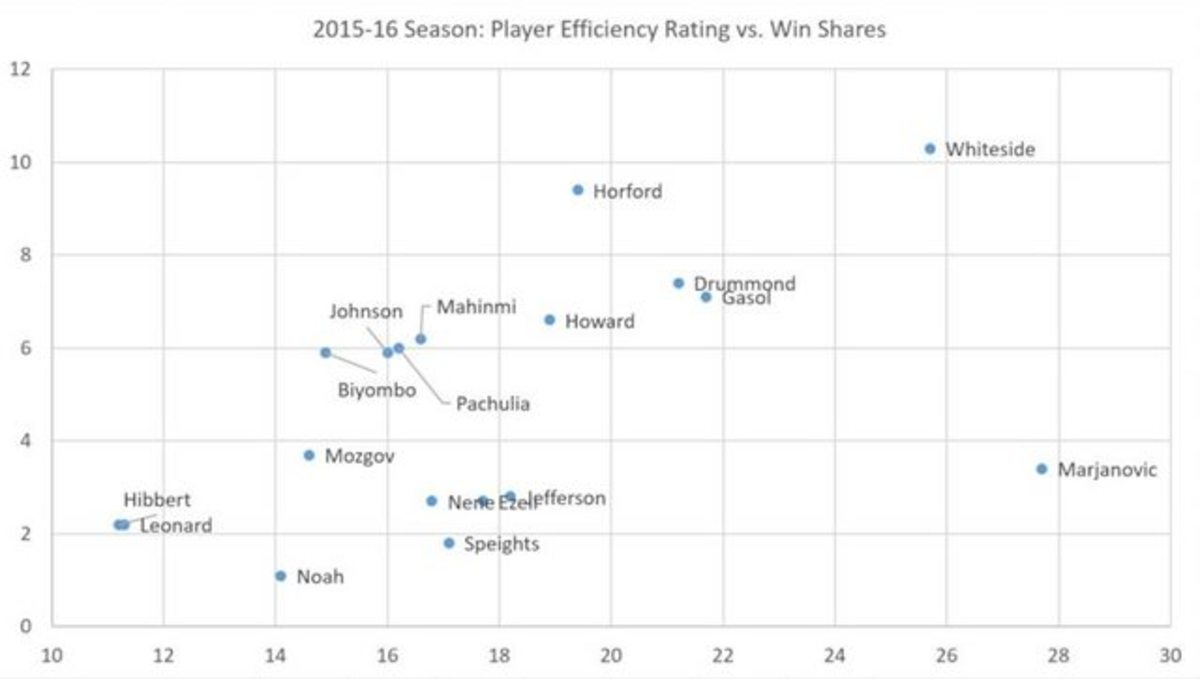
A few things jump out here. First, the polarizing Whiteside stands alone as an advanced-stats producer. Given his age (27) and performance by these major metrics, he would be the class’s most-coveted center if not for questions about his personality and circuitous professional trip to the Heat.
Second, Boban Marjanovic sticks out as an ultra-high-efficiency, low-impact player. As a 27-year-old rookie in San Antonio, the 7’3” Serbian made the most of his limited playing time. While no one would reasonably expect Marjanovic to scale his production in a starter’s role, he looks like the most deserving “flier” candidate in this class by a wide margin.
Third, there’s not much separating Biyombo, perhaps the most-heralded breakout player of the 2016 playoffs, from guys like Mahinmi and Amir Johnson when it comes to season-long play. Biyombo should be able to step up his production in a starting role, but Mahinmi and Johnson look like good value plays for teams unwilling or unable to participate in a Biyombo auction.
Similarly, this chart shows each player’s Real Plus-Minus on offense (x axis) and defense (y axis). Players in the upper right are positive contributors on both sides of the ball (the most desirable).
• Whiteside will be a hot commodity in free agency | The Rose blockbuster

There’s a little more clustering in this chart, but Johnson and Mahinmi again perform similarly to Biyombo when it comes to defensive impact.
Another takeaway: How few of the traditional centers are making a positive impact on offense. While physical guys like Howard and Jefferson have cultivated reputations as scoring options in the past, a developing narrative suggests the “pace and space” NBA is moving on without them. This chart shows plodders like Hibbert and Mozgov really struggling to make an offensive impact last season, with more versatile big men like Horford and Gasol faring better.
Two-way paint-controllers
The ideal two-way center pressures opposing defenses by finishing in the basket area and thwarts opposing offenses by protecting the basket area. Obviously, it’s hard to find both.
The following chart shows a player’s FG% within three feet on the X axis and his FG% defense at the rim on the Y axis. Players in the upper right are good finishers and good rim-protectors (the most desirable).

The cream generally rises to the top here: Whiteside, Horford and Howard may very well command the highest per-year salaries in this class, and they were the top three finishers last year. Whiteside, the NBA’s block leader, has the best case as last season’s top two-way paint-controller, although Marjanovic and Ezeli both did well to make an impact in limited roles.
What really stands out on this chart, however, are the players on the other side of the chart who perform poorly both as finishers and rim-protectors. Executives should proceed with caution when it comes to both Noah and Leonard, and guys like Jefferson (the worst rim-protector in the group) and Gasol (who posted a career-worst FG% inside three feet last season) are clearly showing their age/miles.
Top NBA Free Agents of 2016
1. Kevin Durant
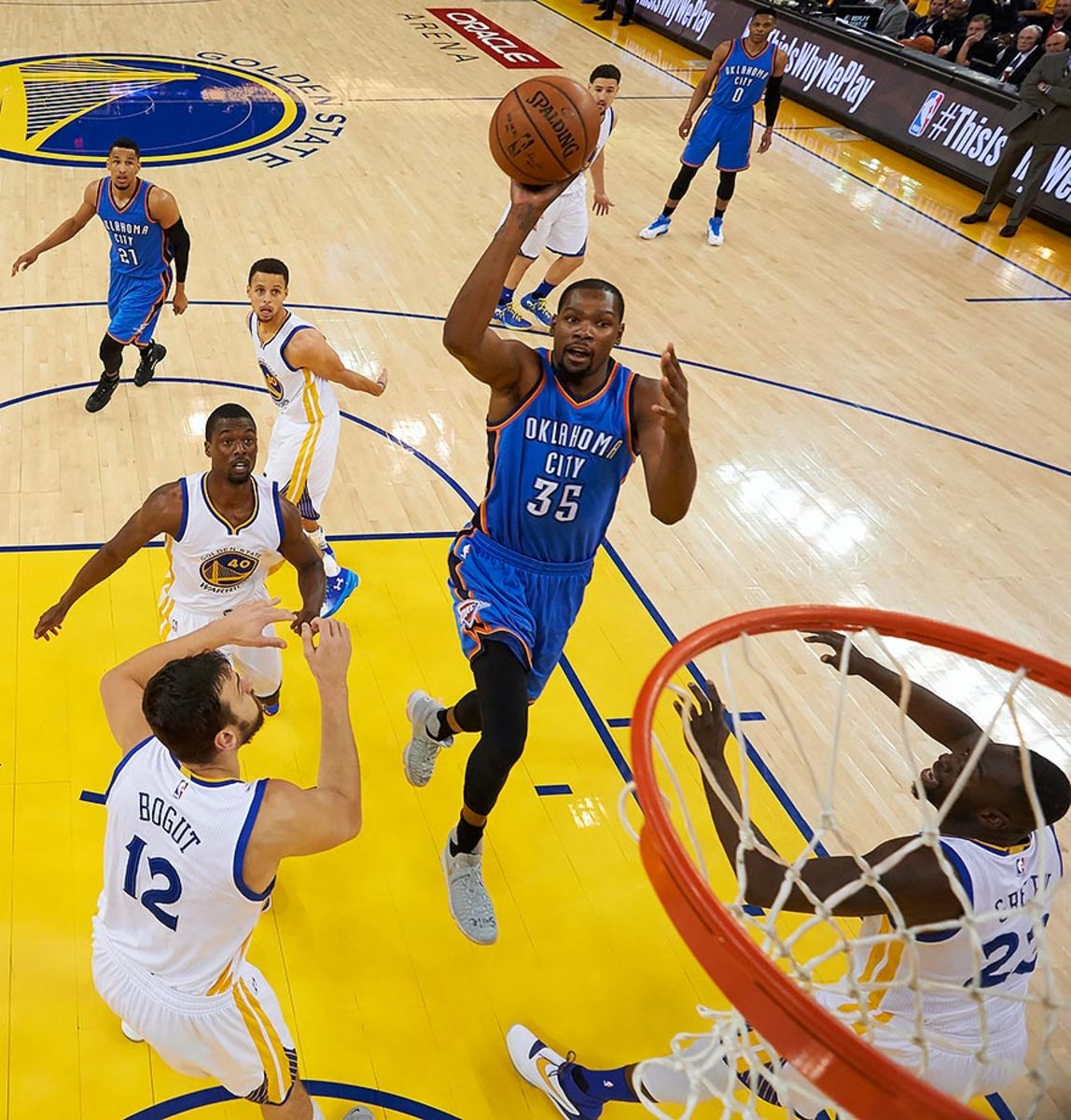
Durant is dominant at a position of relative scarcity, stellar as the centerpiece of an offense, flexible enough to augment his teammates, better on the boards than most will ever know, perfect in a role as the leader of a franchise, savvy off the dribble, efficient from all over the floor, ruthless to opponents while agreeable to teammates, and perhaps the most lethal small-ball player in a league that increasingly leans toward speed. Durant holds in his hand the power to reshape the future of multiple franchises. The Oklahoma City Thunder, who have more to lose with his decision than any other team, will wait breathlessly while KD deliberates between max offers.
2. LeBron James (player option)
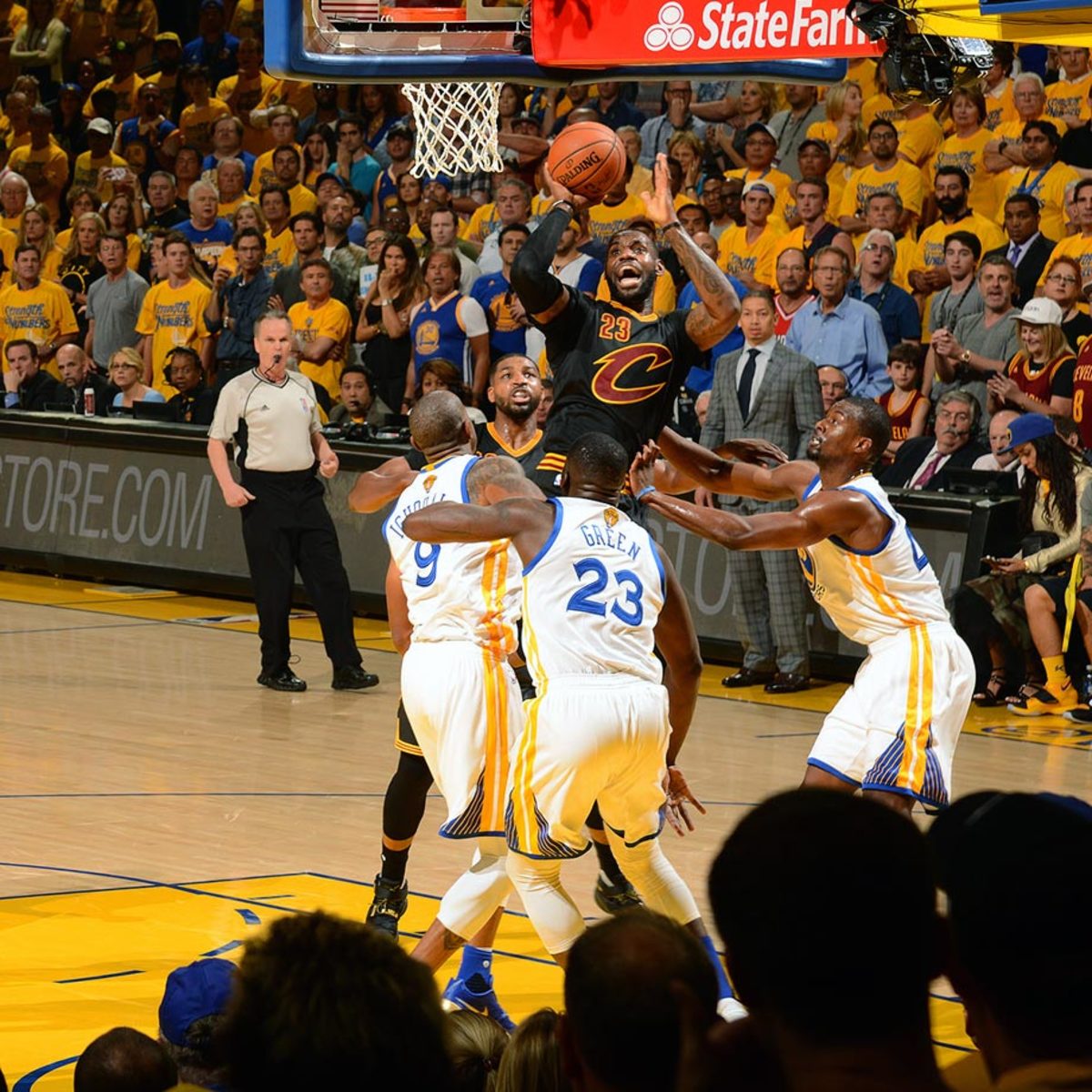
A word to teams around the league: Were LeBron actually available, you’d know. He hand-picked the Heat, let the Cavs know to clear room, and would surely call his own shot if there were any reason for him to leave Cleveland. There isn’t—so I wouldn’t wait up.
3. Andre Drummond (restricted)
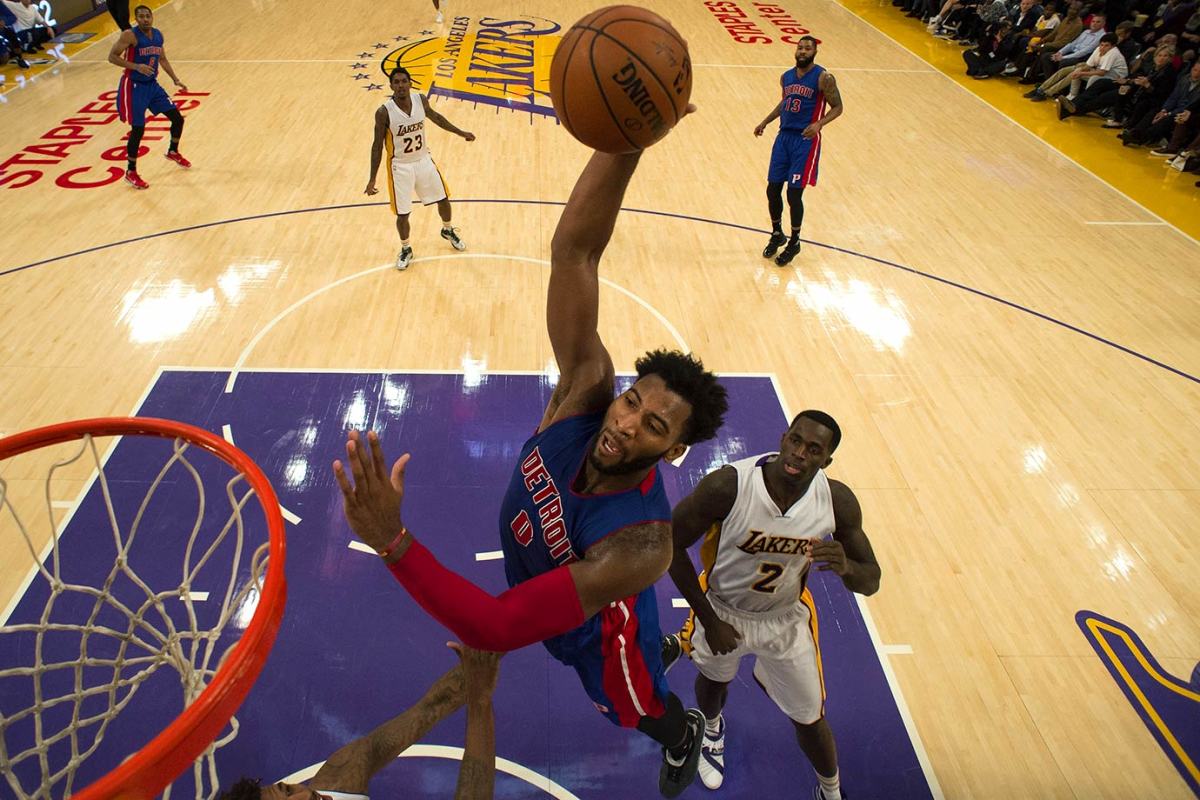
Restricted status should quell Drummond’s free agency from the start. Pistons owner Tom Gores is already on record as saying that Detroit will give Drummond the maximum allowed, leaving relatively little to negotiate. The Pistons will match any offer Drummond signs (should he opt for a shorter deal, for example) but otherwise seem likely to agree to whatever their upstart center wants. You don’t mess around with wildly productive, 22-year-old bigs—even those with a lot left to learn.
4. Al Horford
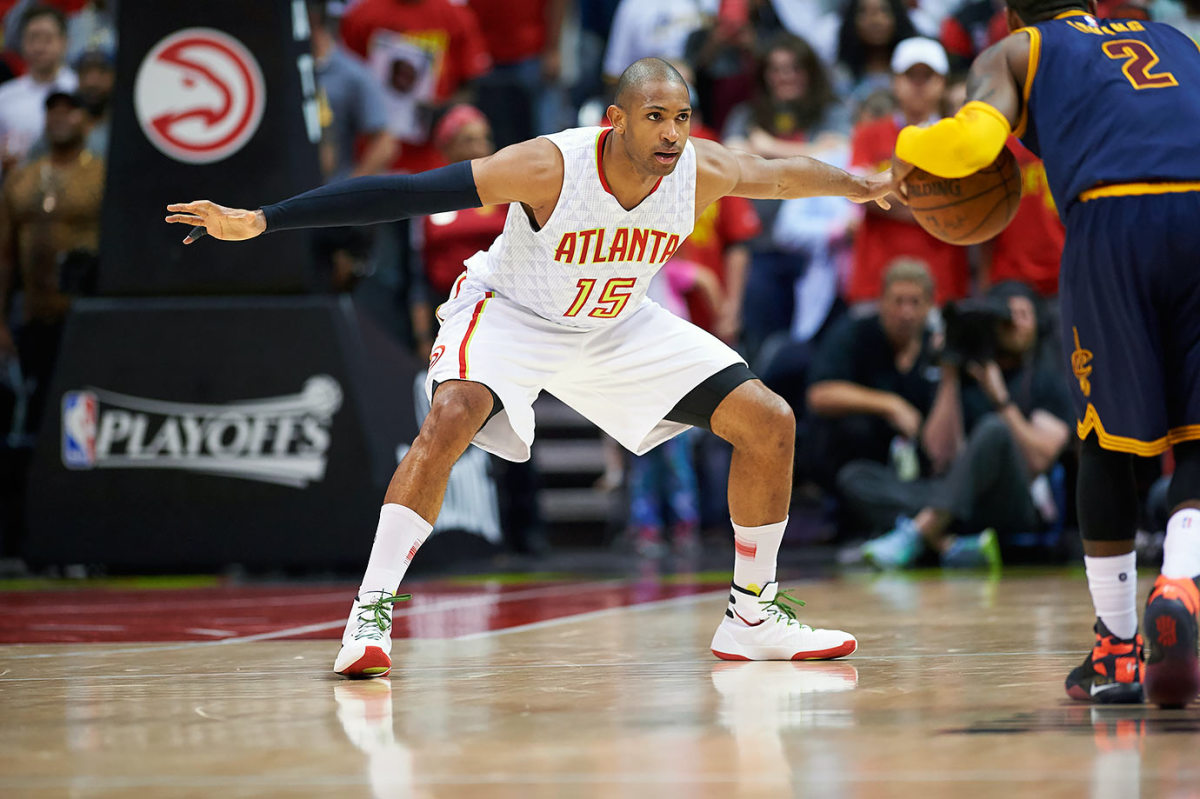
A player of considerable understatement. Watch the Hawks on occasion and you may gloss over Horford’s subtle defensive positioning, heady passing and gravity on the perimeter. Tune in on a more regular basis and his influence becomes glaring. Some players are simply best appreciated in volume, when the whole of their contributions form more complete trends. It’s no mistake that most teammates seem to fare better when Horford is around; his skill set slides neatly into whatever a coach aims to run and complements players of all kinds. That in itself is rare and attractive. Never discount the value of a player who opens up the playbook and a world of lineup constructions rather than limit them, especially as a hyper-flexible big.
5. Mike Conley
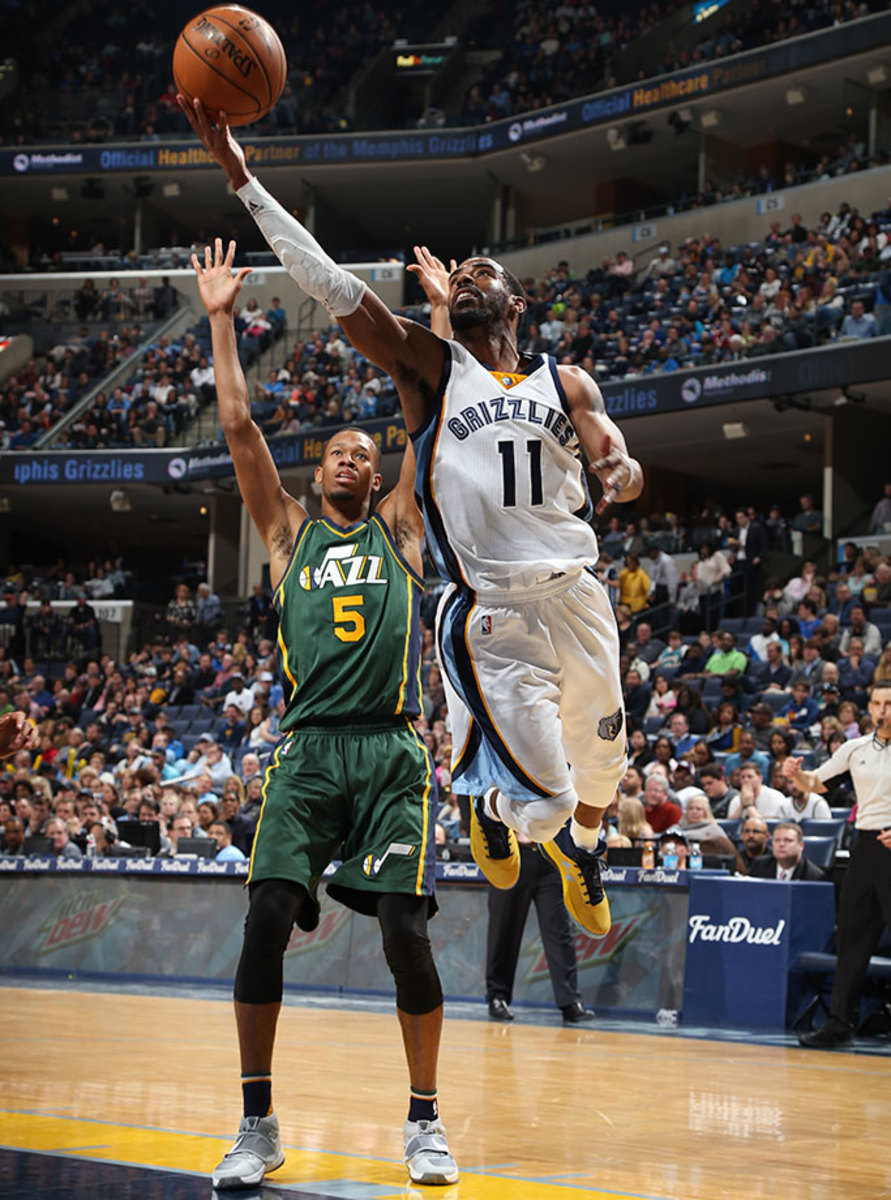
The best point guard on the market is also the only point guard of star-level consequence. Conley can satisfy a lot of needs—that for balance and composure, above all. Teams can play either fast or slow with Conley at the helm, while looking to attack from either inside or out. Unlike many ball handlers of his caliber, Conley actually adds to the operation of a team defense.The peril comes with scarcity. Angling for Conley’s services is a position of inherent risk given the alternatives. Once he makes his choice, a few teams will be left to parse middling backup plans or explore using their cap space more creatively. There’s a cost that comes with chasing any particular free agent, but the drop between Conley and his positional colleagues is the most precipitous of all.
6. Hassan Whiteside
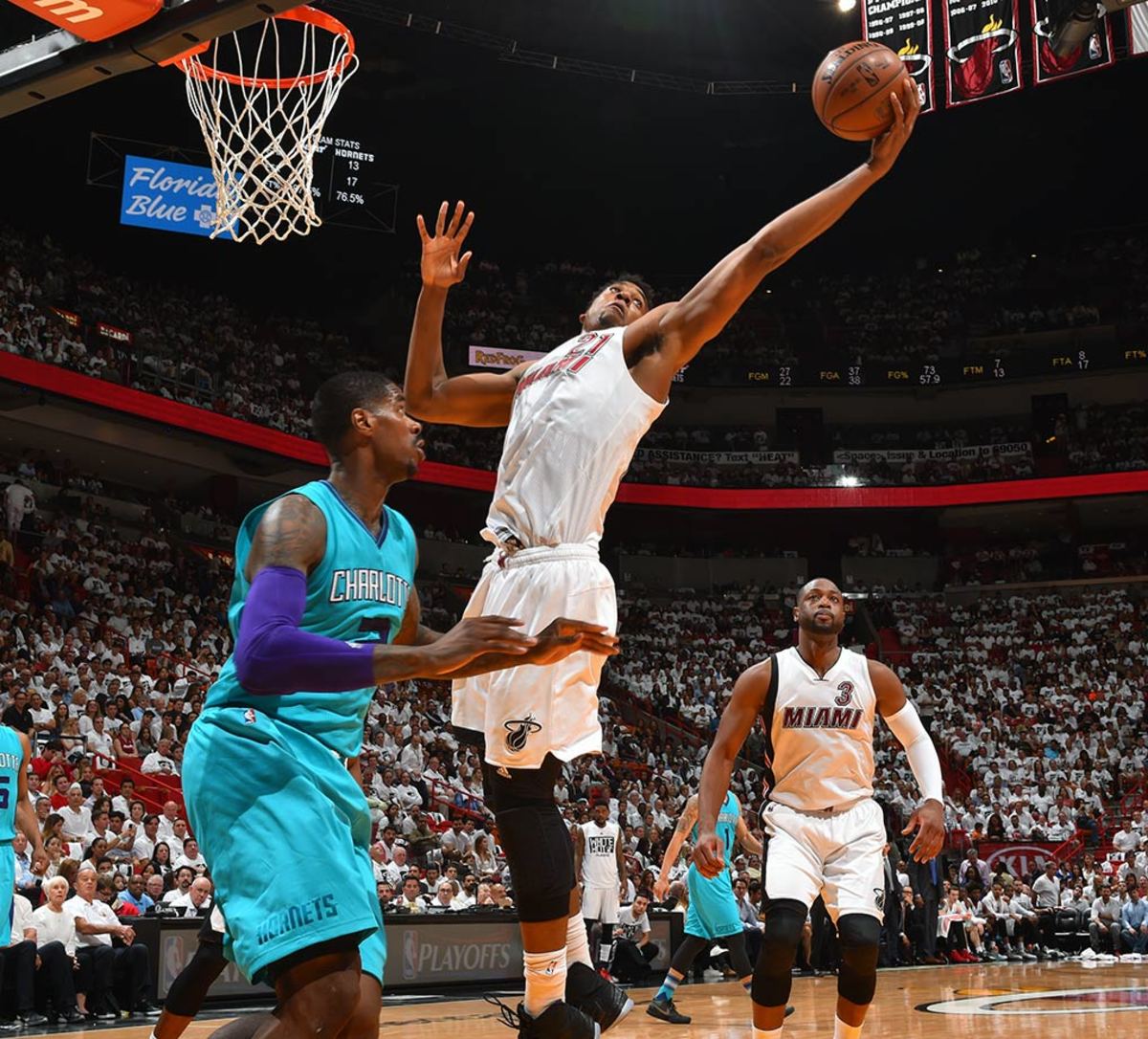
First, the irrefutable: Whichever team lands Whiteside will add one of the best shot-blockers, bulk rebounders, and alley-oop finishers in recent NBA history. Whiteside made himself into a max-contract player through a season and a half of considerable scrutiny and hard-earned production. One does not average 17.6 points, 14.7 rebounds, and 4.6 blocks per 36 minutes by accident. Nevertheless, there’s a disconnect between what Whiteside gives in terms of his raw counting stats and what he actually offers a team. His defensive presence, intimidating though it may be, is subject to Whiteside actually staying down on pump fakes and positioning himself to do more than chase blocks. Only Andre Drummond grabbed a higher percentage of available rebounds last season and yet Whiteside was guilty of letting his man run free rather than actually box him out.
7. Dwight Howard
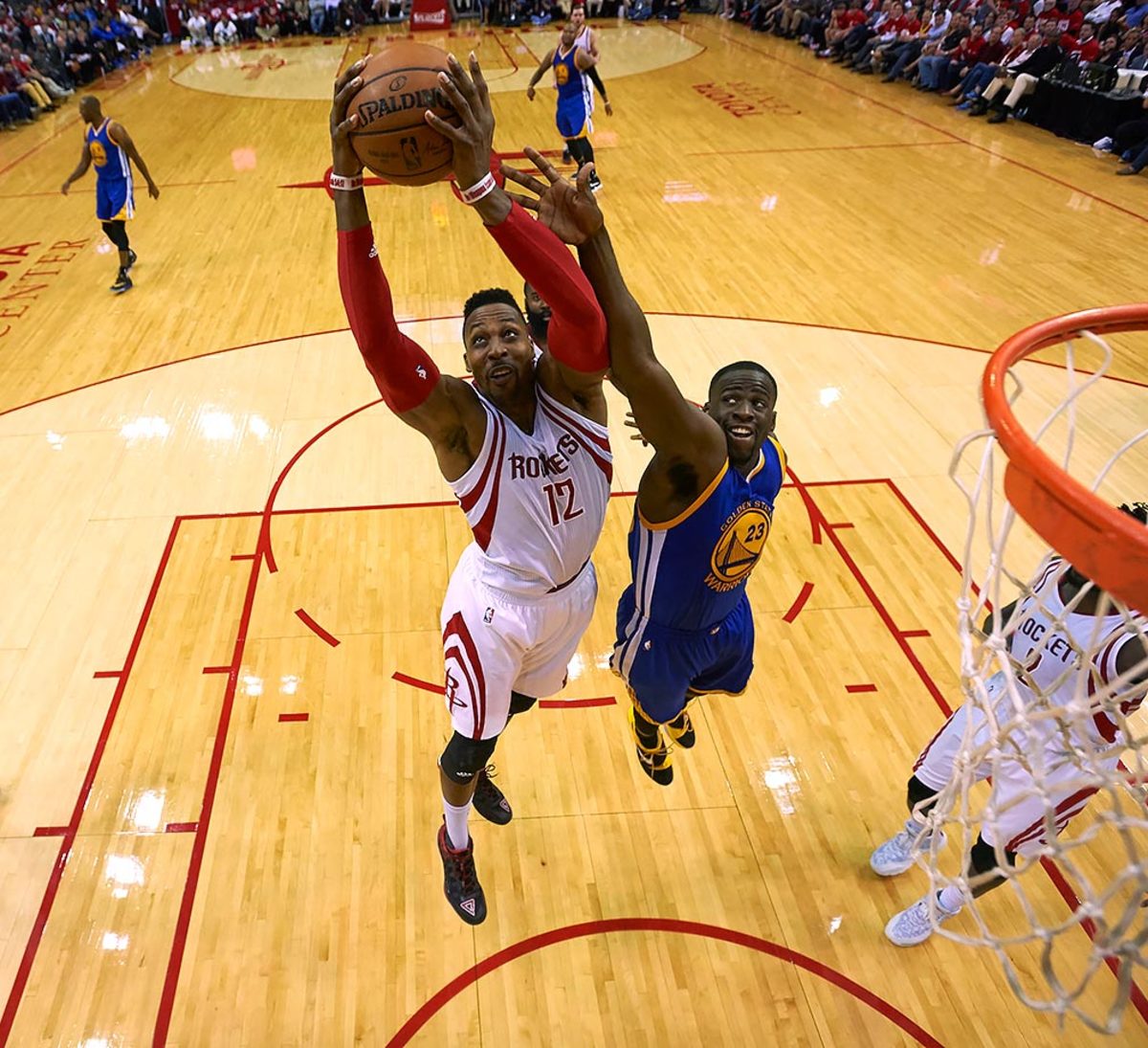
Injury and age have made Howard just another quality center. Gone is the Defensive Player of the Year frontrunner who, by his very presence, all but guaranteed a top-five defense. Departed, too, is the finisher who separated himself from the rest of the league with his nimble rolls to the rim and vertical explosion. Gone forever is the functional post scorer who could support an offense from the block, if not carry it comfortably. The Howard that remains has been muted by layering injuries and increasing age (30). It’s not always easy to appease him, but an involved and committed Howard is still worth the investment; the trick is finding the right offensive role as to make Howard feel essential without letting him hold the offense hostage for the sake of dead-end post-ups.
8. Bradley Beal (restricted)
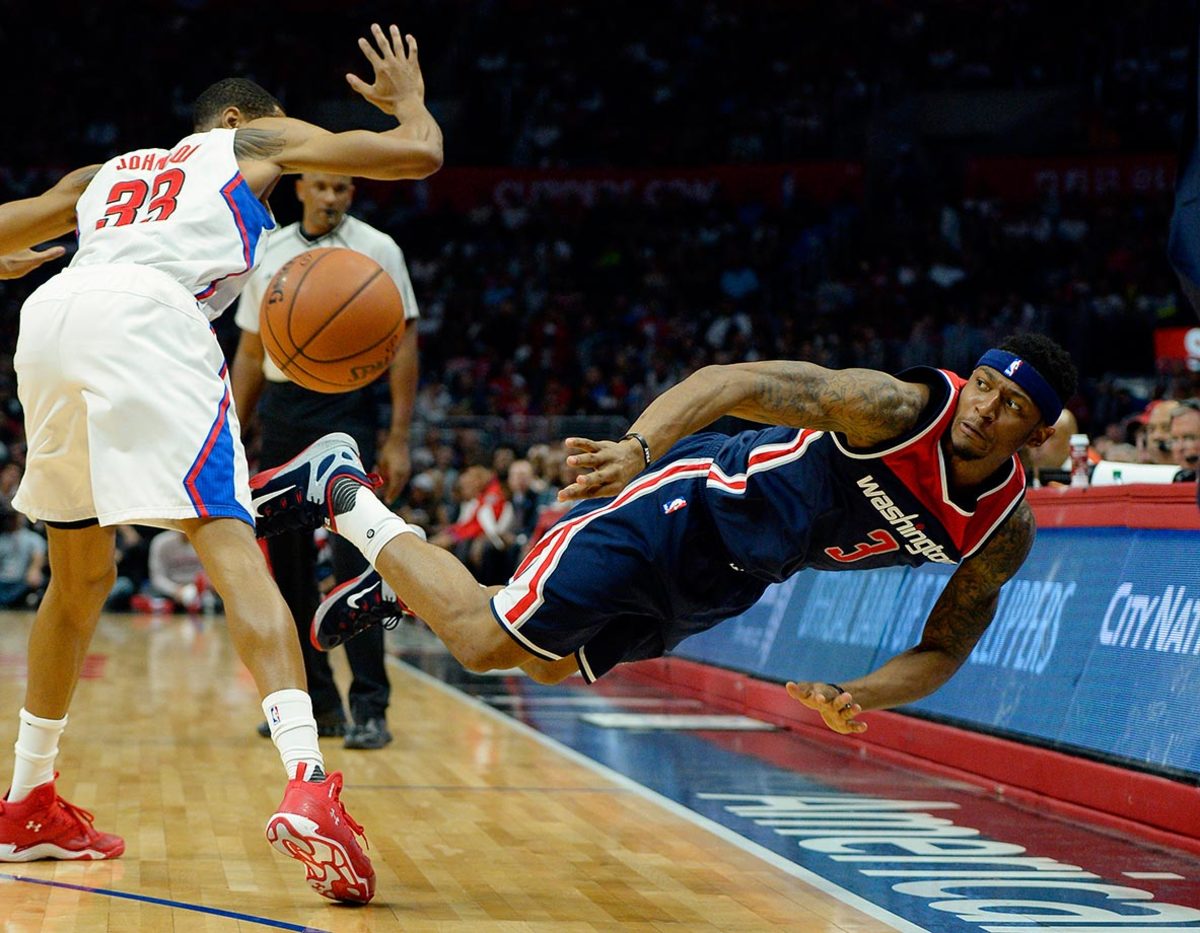
Beal, now four years into his NBA career, has yet to play a healthy season. On average he’s missed some 20 games a year, compromising the Wizards’ rotation for a quarter of their scheduled games. Still teams will line up to give Beal a huge contract because his game intrigues. The raw shooting ability, improving pick-and-roll work and competitive defense suggest max-contract credentials—even if Beal’s health has prevented him from assembling his complete game. Depending on your perspective, Beal’s age (22) either quells or fuels concern: Is his impending prime all the more reason to invest now or should teams be wary of Beal’s consistent pattern of injury? The truth is likely somewhere between.
9. Nicolas Batum
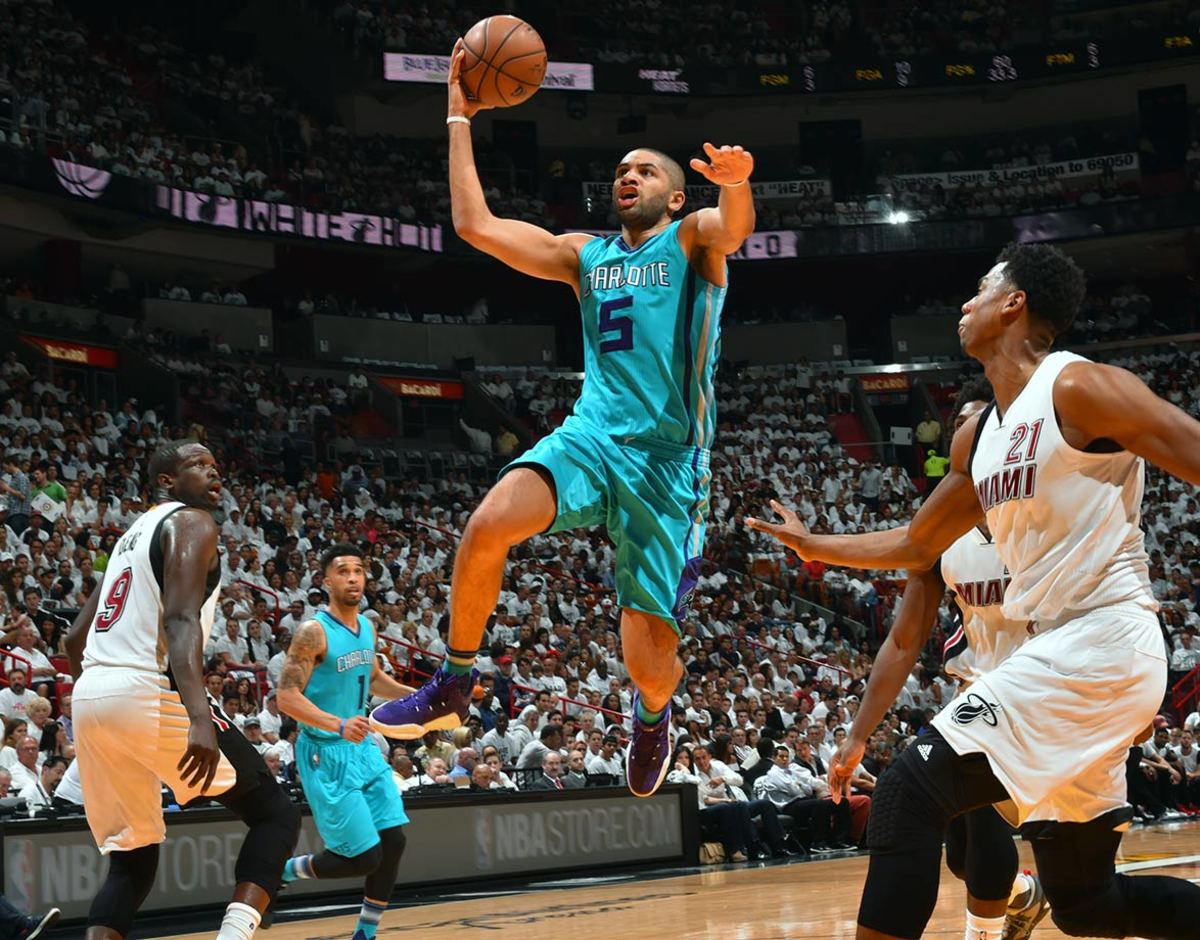
The Hornets dealt away a solid rotation wing (Gerald Henderson) and the No. 9 pick in the 2014 draft (Noah Vonleh) to acquire Batum last summer, confident that his versatile game could round out their playoff candidacy. Charlotte was so right it may now lose Batum to the open market. Signing the 27-year-old forward this summer will likely require the max or an offer close to it. Calibrate your market expectations accordingly. Batum brings smart secondary playmaking to go along with natural scoring, solid defense that builds off his impressive length, and a feel for offense that appeals to NBA coaches. That kind of multi-functional skill won’t be found in free agency this summer, save in the luxury tiers.
10. Dwyane Wade
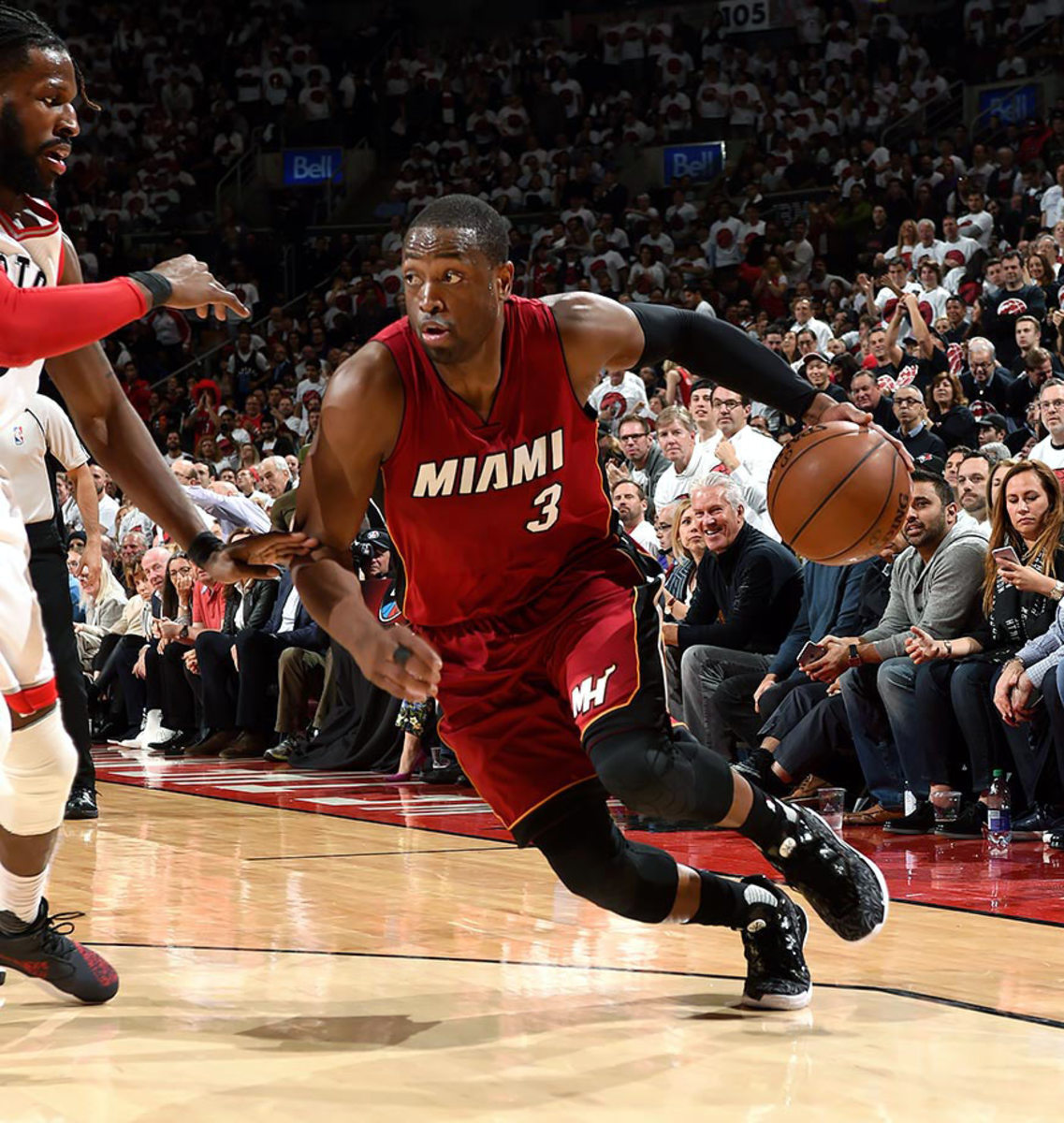
Every contract Wade signs for the remainder of his career will be a race against the clock. For now, the Heat stalwart generates offense at a level worthy of his Hall of Fame career. That could change at some point during the life of his next deal, even if it lasts a single season. Implicit risk must be priced in. Otherwise, suitors should expect familiar riffs on the same basic themes that have made Wade so effective for so long—all stemming from the clever manipulation of defenders. Even after 13 years in the league and three titles, Wade still dupes defenders with pump fakes and creates space where there should be none. That allows him to produce as is needed to outweigh his noncommittal defense and sagging efforts in transition.
11. DeMar DeRozan
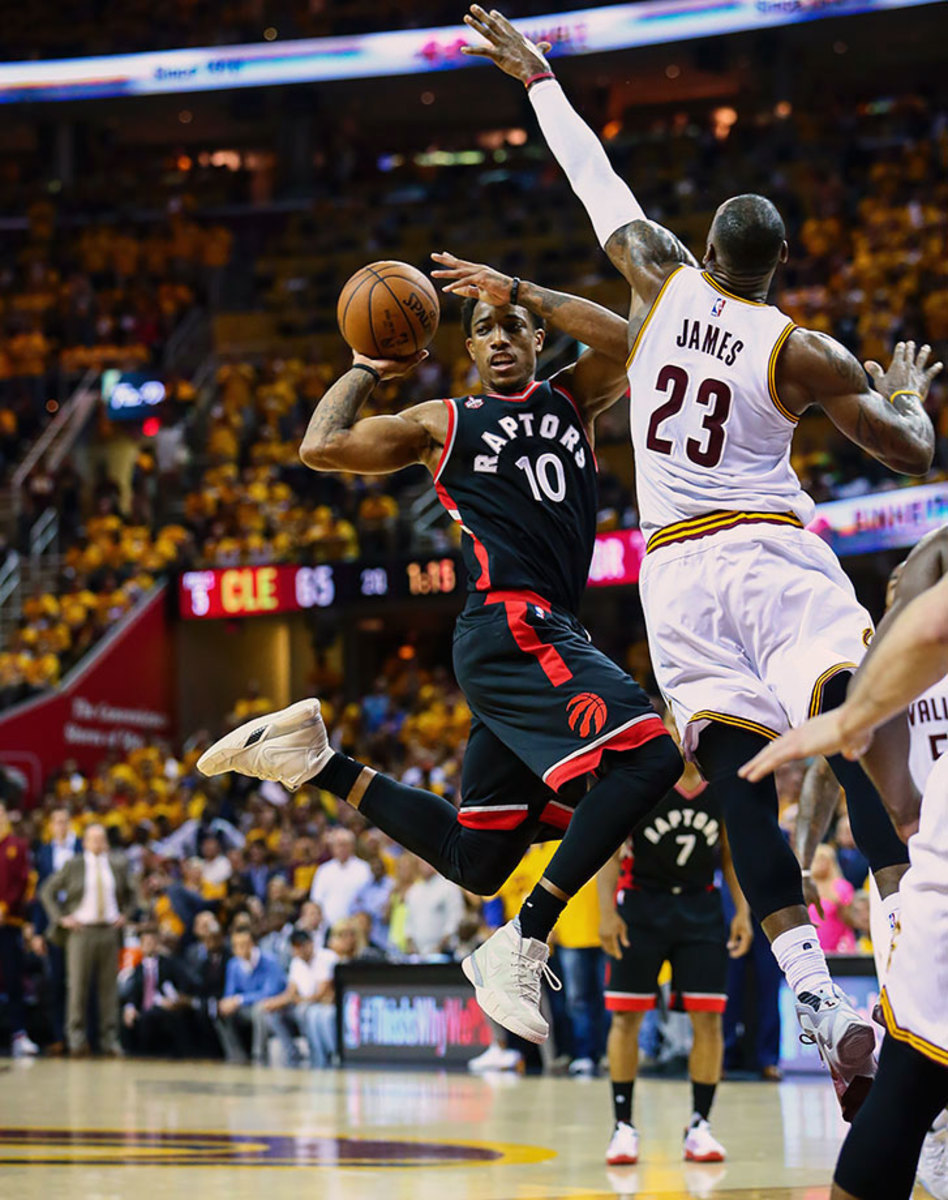
Every team’s mileage will vary with DeRozan given the particular boundaries of his game. Those desperate for scoring and lacking other means of offense would take his 23.5 points per game on 44.6% shooting from the field—much of it manufactured on his own—without much question. What DeRozan offers in that regard has clear value. It also, at a certain level of competition, is boxed in by limitation in a way that tends to create problems. To this point, DeRozan hasn’t shown all that much aptitude as a cutter or spot-up shooter (given his discomfort beyond the arc), which positions him to have the ball in his hands as a matter of necessity.
12. Tim Duncan (player option)
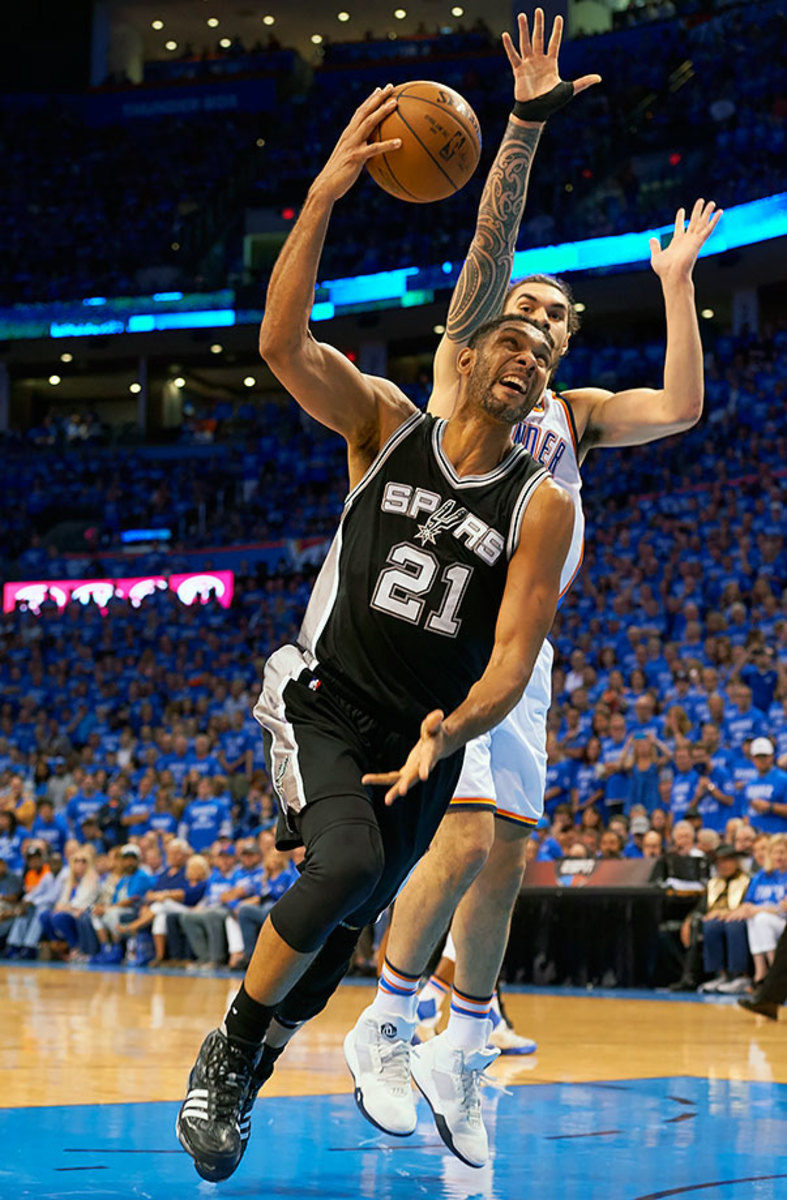
A potential free agent only in technicality. Duncan won’t be leaving San Antonio unless he leaves the league altogether.
13. Dirk Nowitzki
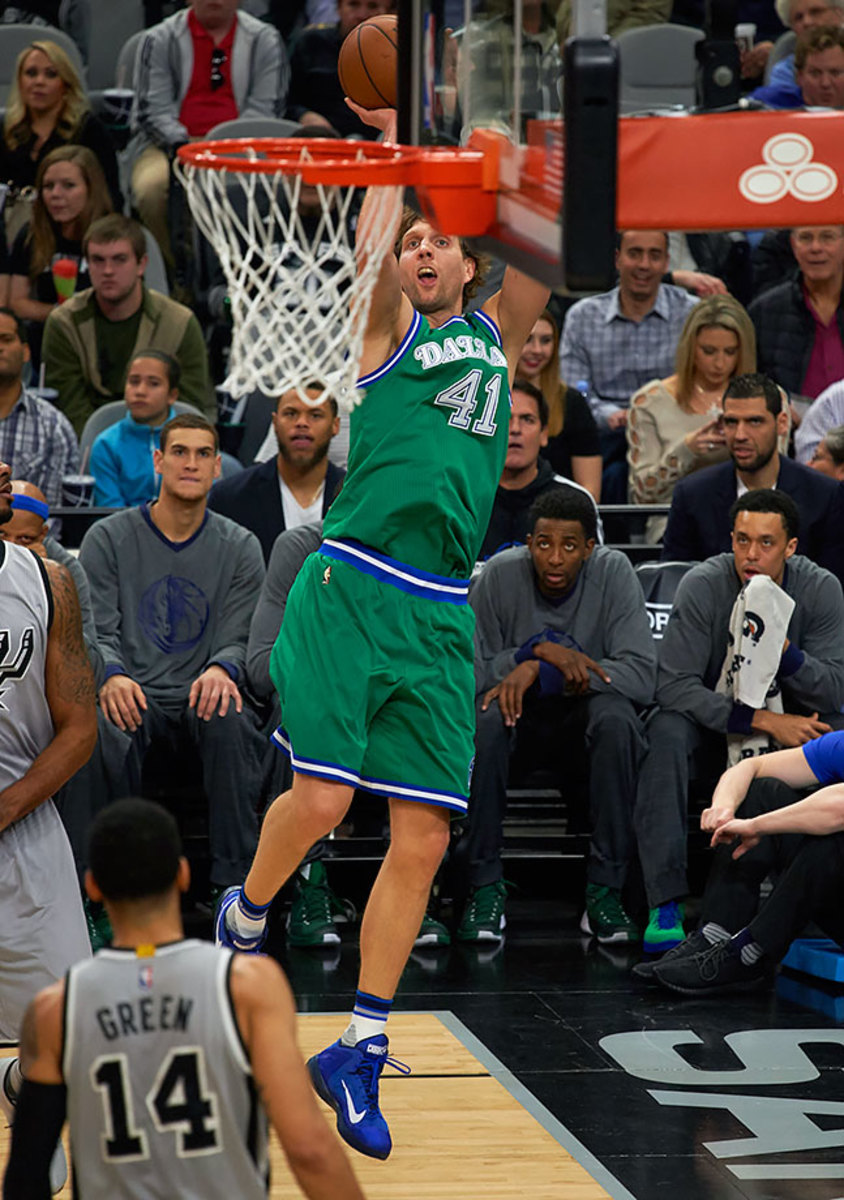
Athough Nowitzki has indicated that he has every intention to stay in Dallas, the fluidity of the Maverick roster leaves the matter open to reconsideration. Other teams will make their case. Nowitzki still delivers as both a shot creator and floor spacer, a dual capacity for offense that could aid many of the league’s contenders. It would be hard to blame Dirk if, in the midst of another reshuffle, he considers another offer and what could be. Still, it would take a special opportunity to budge Dirk from the city and franchise where he’s spent his entire career.
14. Chandler Parsons
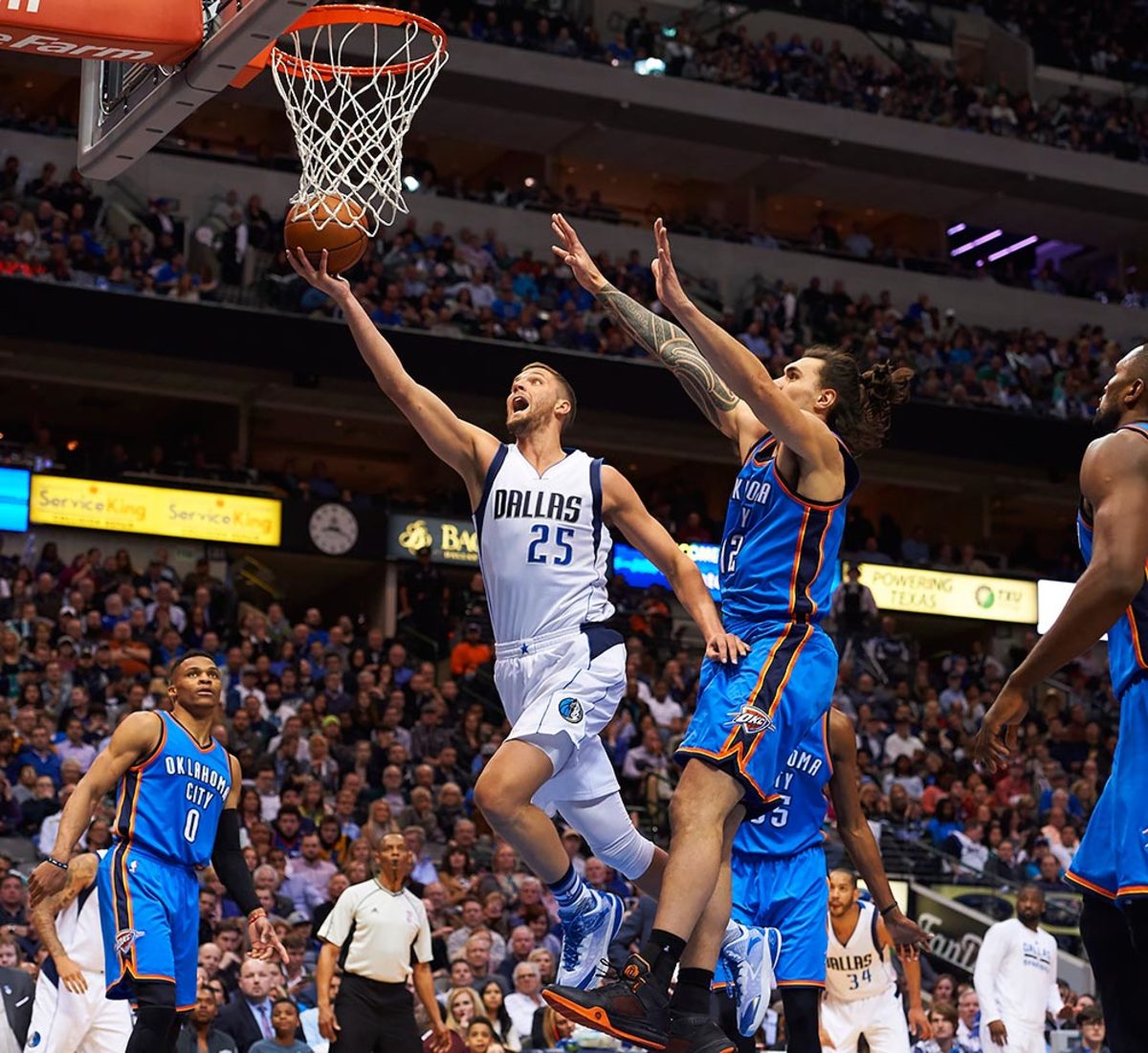
We still haven’t seen Parsons pushed to the full extent of his creative ability. This is a 6'9" forward who can run pick-and-roll more often than he’s been allowed, enable the athletic bigs on his team with lobs, and stutter-step his way into viable off-the-dribble offense. His knees are a legitimate hang-up; Parsons’s last two seasons with the Mavericks were each cut short by knee injuries and surgeries, first a hybrid microfracture procedure and then an arthroscopic procedure to repair his torn meniscus. The latter is decidedly less severe, though not without some cause for concern in Parsons’ broader injury history.
15. Pau Gasol
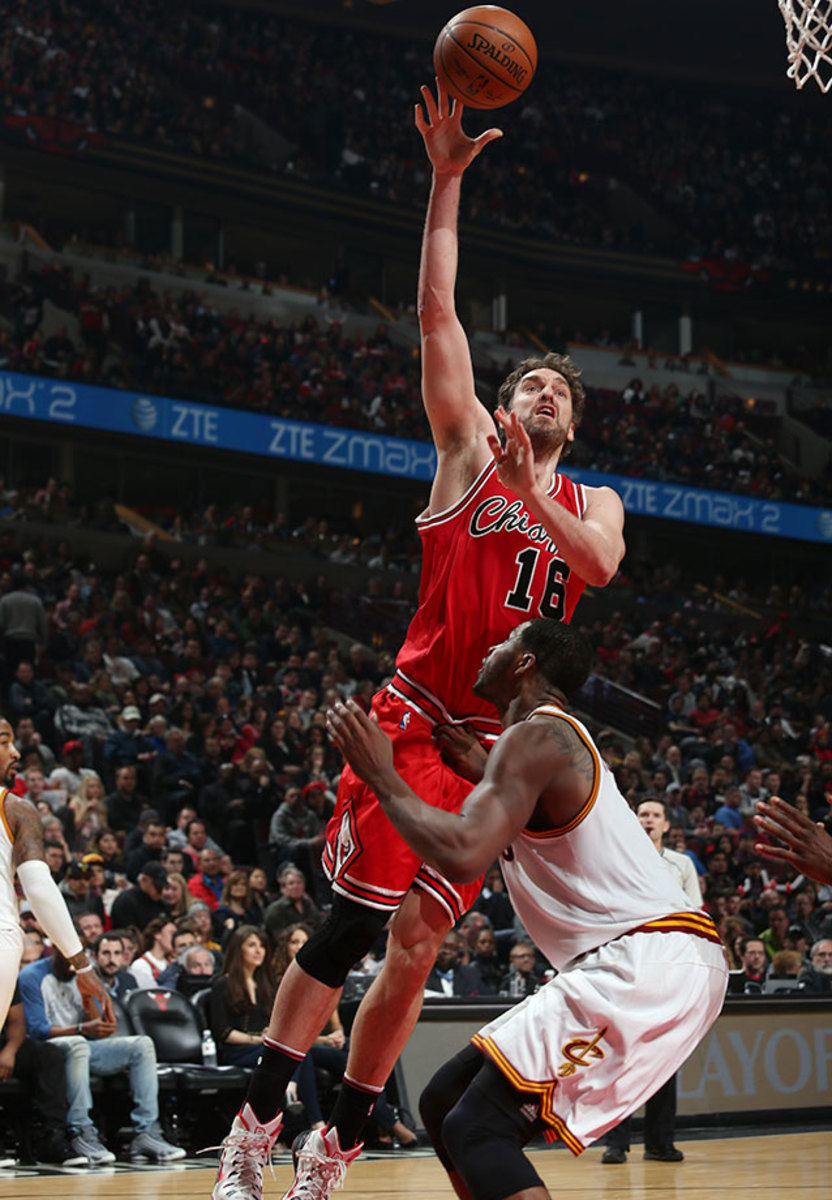
Gasol has earned the right to be particular. He wants to be involved in the basic operations of an offense and has the game, as a scorer and passer, to support the notion. Few can do what Gasol can, and virtually none in the history of the game have produced in the same way at his age (35). To this point, Gasol has expressed no interest in coming off the bench, even when it might serve his team’s best interests. Market matters to him because cultural life beyond the floor matters to him.
16. Bismack Biyombo
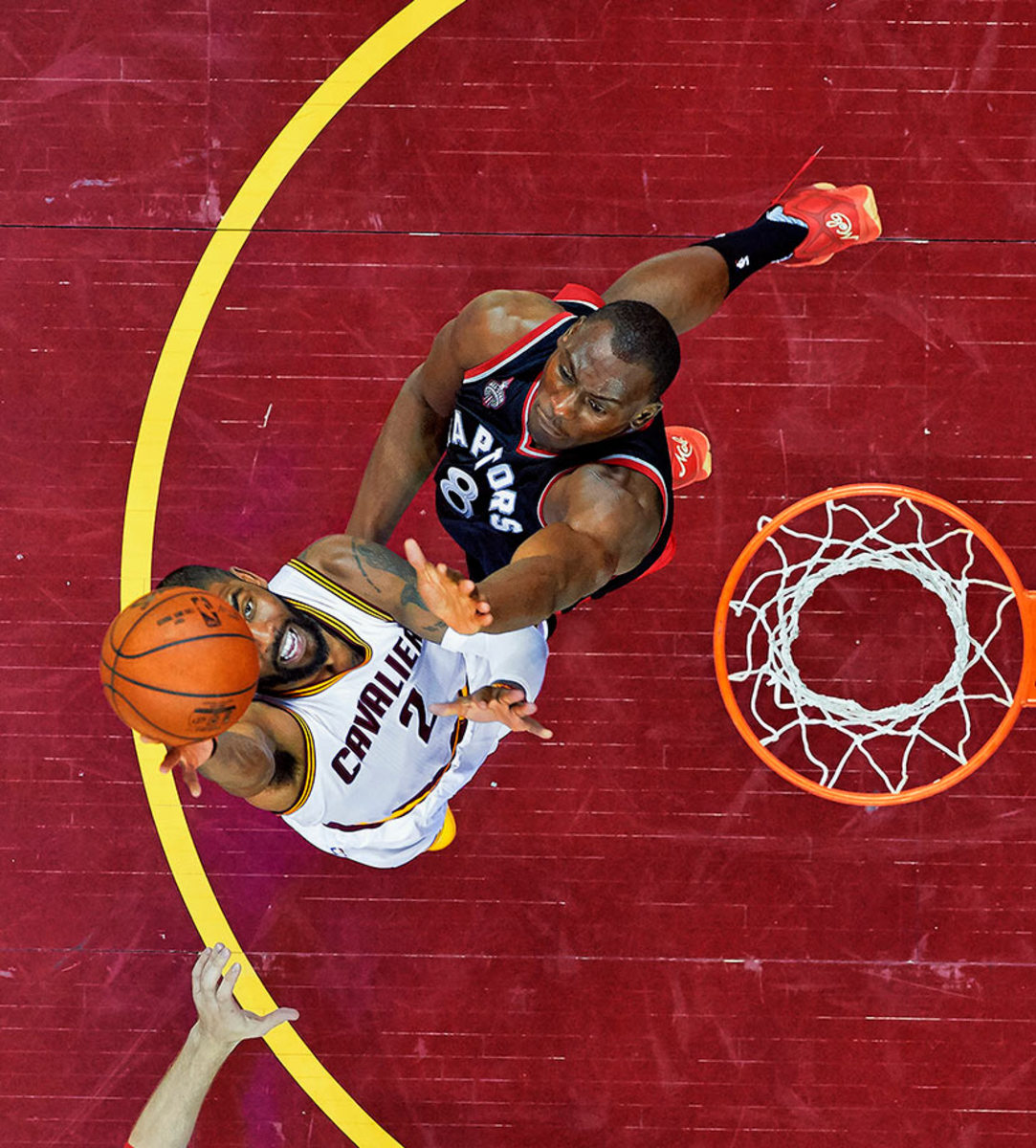
A productive scoring night for Biyombo might feature three or four field goals, all created by others, with minimal turnovers. There isn’t much to be gained by his play on that end, or even his planned involvement. Where Biyombo aids a team’s cause is in the physicality of the game elsewhere. Few bigs will chase rebounds so relentlessly, guard the rim so tenaciously, and set screens so forcefully. His energy alone extended Toronto’s postseason life, demonstrating in the process that even playoff teams might not have much answer for all he provides. Matchups that pull Biyombo away from the rim on defense can mitigate his value (exacerbating the fact that he’s already a one-way player), though none can subdue it completely. No viable player in this free agent class is so obviously limited and yet effective.
17. Ian Mahinmi
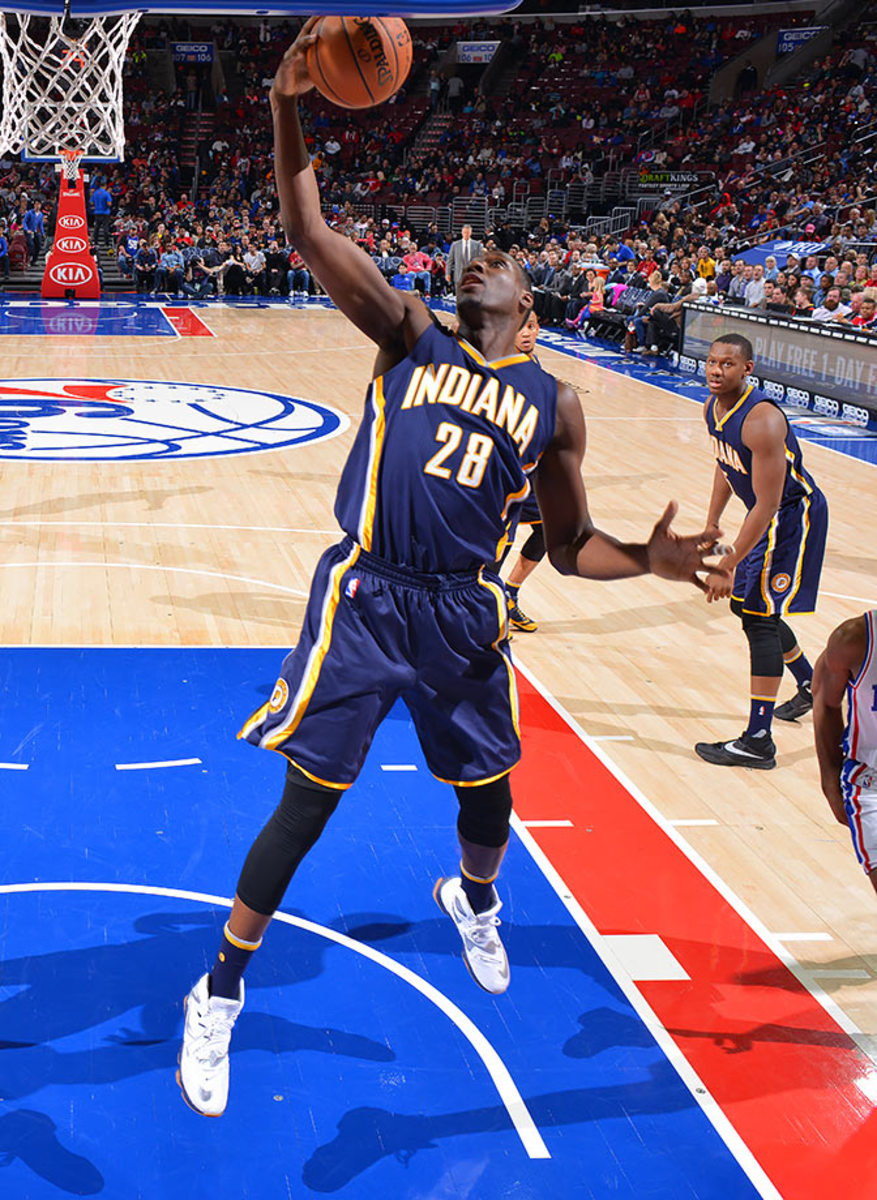
The arc of Ian Mahinmi is a nine-year journey from D-League-assigned project to starting-caliber center. Last season he provided the backbone of the third-best defense in the league while posting a double-double (13.1 points, 10.1 rebounds) per 36 minutes. The consistent foul trouble that once artificially curbed Mahinmi’s playing time has also been made manageable as he’s learned subtler ways of challenging shots and influencing opponents with a live dribble. All of that, coupled with a fascinating new poise in making decisions on the move, makes Mahinmi a prospective addition of impressive value. A team could do much worse than relying on Mahinmi to steady its defense and keep opponents honest in rotation for 30 minutes a night.
18. Festus Ezeli (restricted)
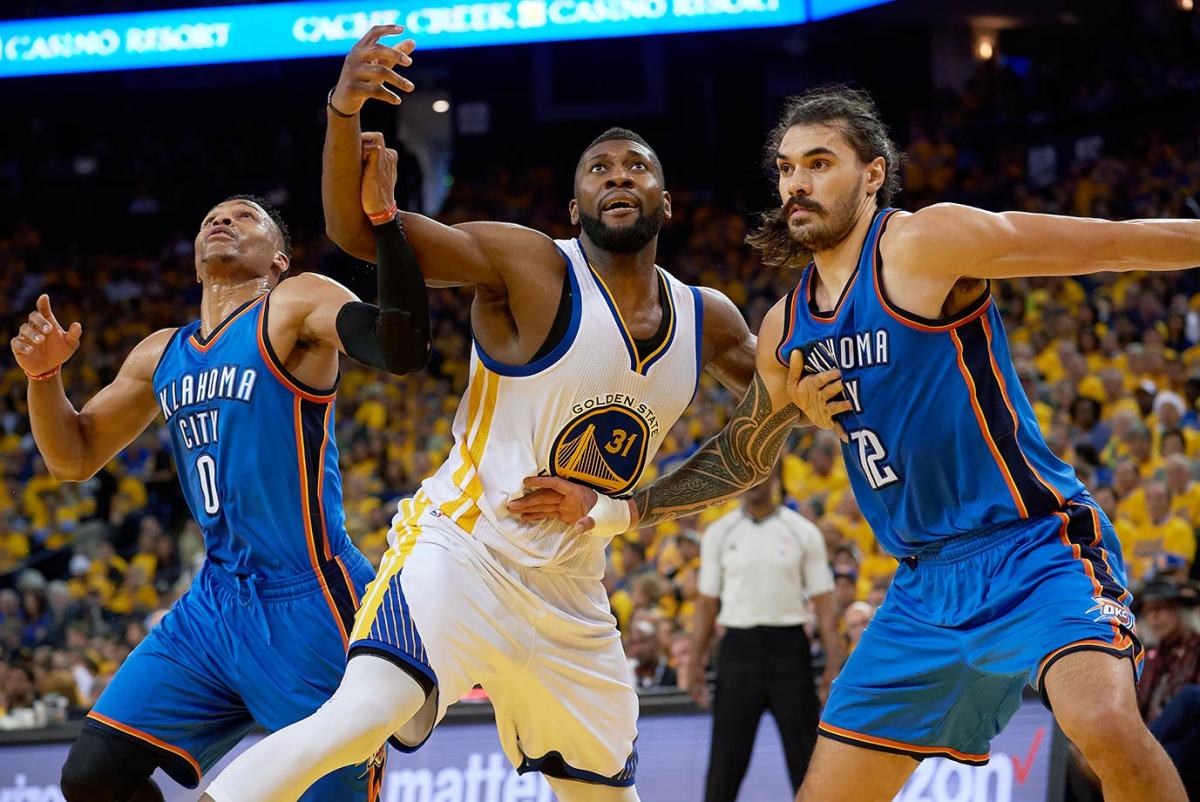
Ezeli’s time with the Warriors had run its course, as evidence by Steve Kerr’s uncommonly low tolerance for any of the center’s mistakes. To be fair, there are many; Ezeli can be an effective defender if not always the most technically sound, tends to see any touch within 15 feet as an invitation to attempt a hook shot, and can space out on his responsibilities on both ends at times. Even still he has the size and mobility to make a difference, particularly now that he’s able to actually catch the ball and make an occasional move in traffic. Ezeli might not always do what his coaches want him to, but he’s one of the few bigs available who can scurry out to the perimeter to contain a pick-and-roll, swat away shots at the rim, and hold his own against physical centers on the glass.
19. Ryan Anderson
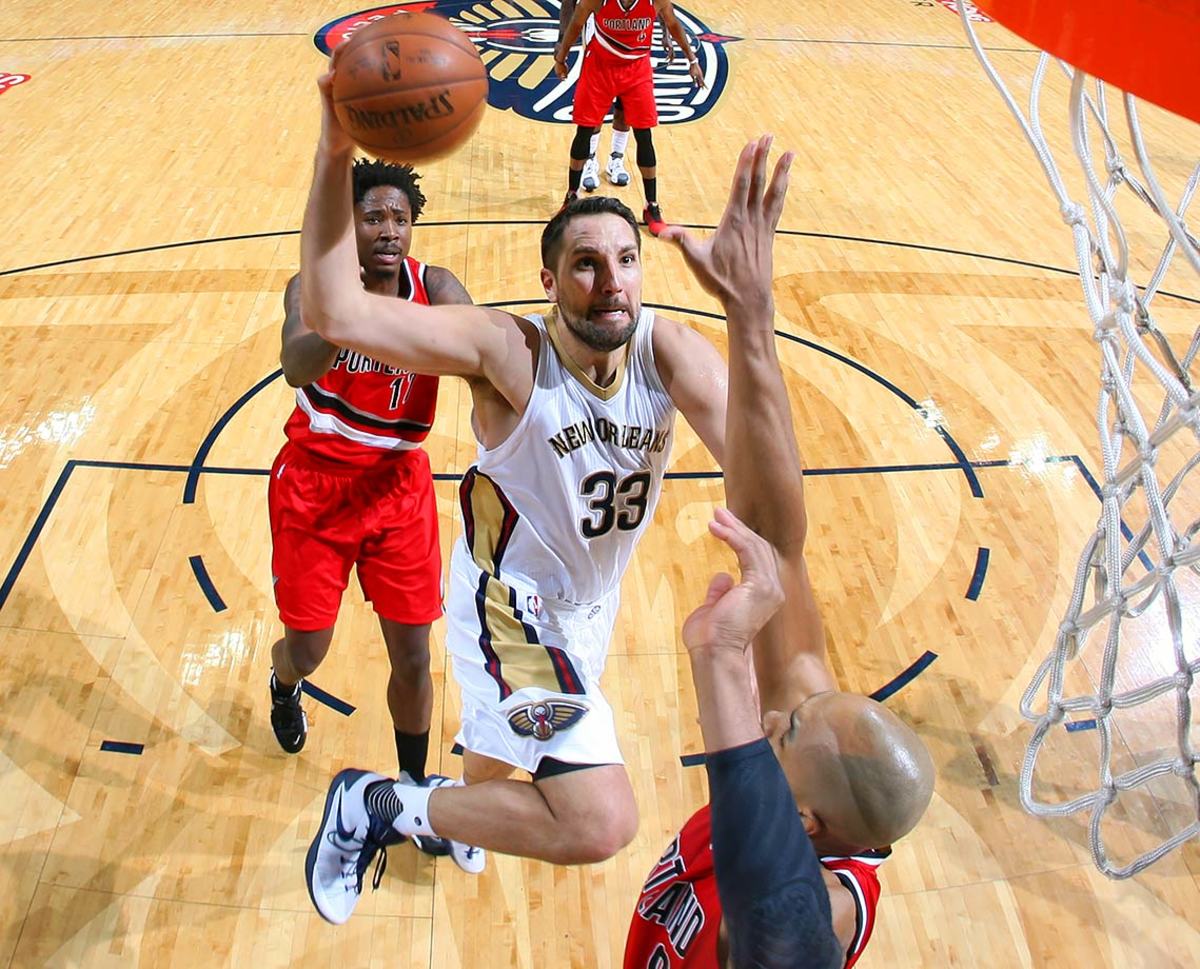
Shooters like Anderson demand respect, which in itself allows his teams to operate from a position of some advantage. Dedicating a defender to guard him closely can compromise an opponent’s rotations. Looking to contain him through a more straightforward system of help and recover will inevitably ask some frantic defender to run out to the three-point line to contest his high release. Anderson has proven he can hit those shots, though the rest of his game requires a team built to mask his flaws. Opponents have found success switching smaller defenders on to Anderson and lived with his forays into the post. Others have taken advantage of his lacking defense or used his matchup to attack the glass.
20. Marvin Williams
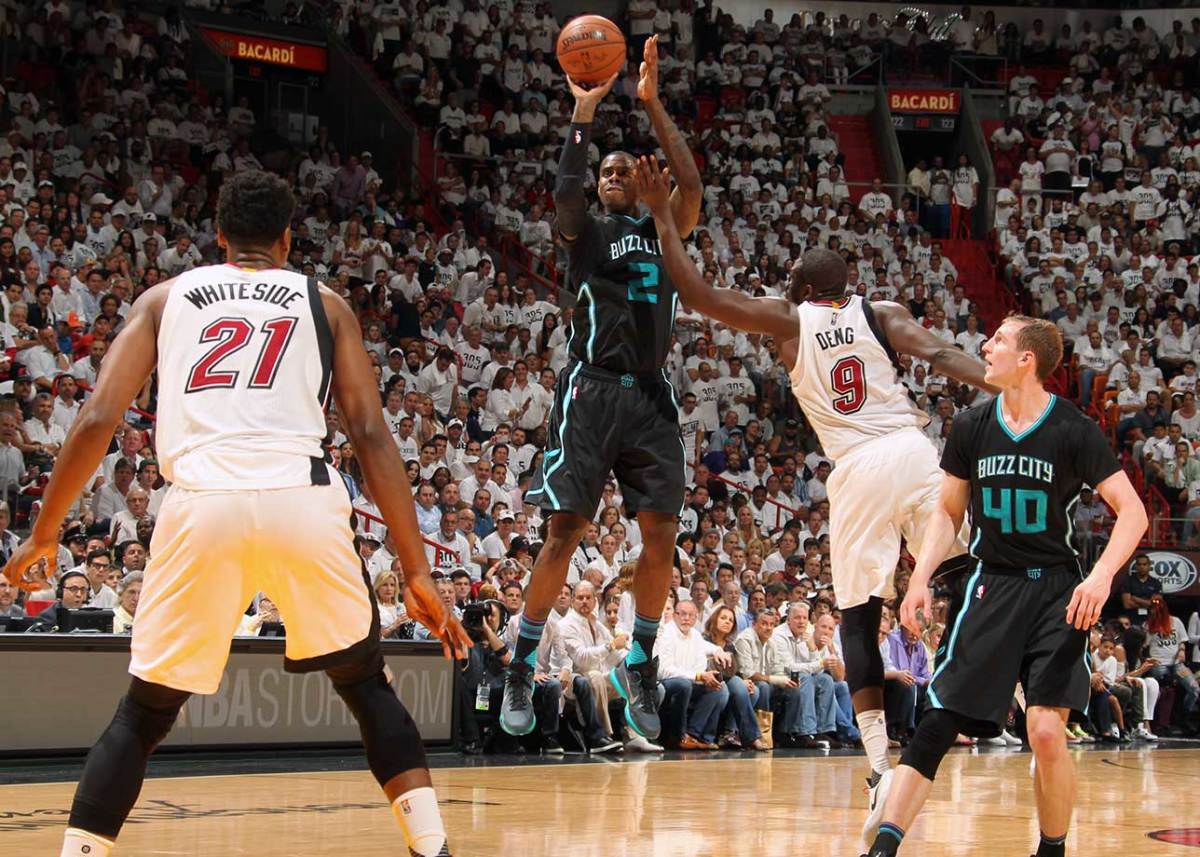
Over the course of two seasons, Williams remade himself into the player the Hornets needed: a flexible, stretchy forward who could punish opponents from the perimeter (40.2%), put the ball on the floor to attack a closeout, guard opponents at the three or the four, and offer reliable help in rotation. This is the profile of a high-impact player, even if Williams might not be known to many basketball fans outside of the unceremoniously quiet start to his career. Williams is a different player now, and one who stands to be rewarded handsomely for the utility he’s created for himself.
21. Al Jefferson
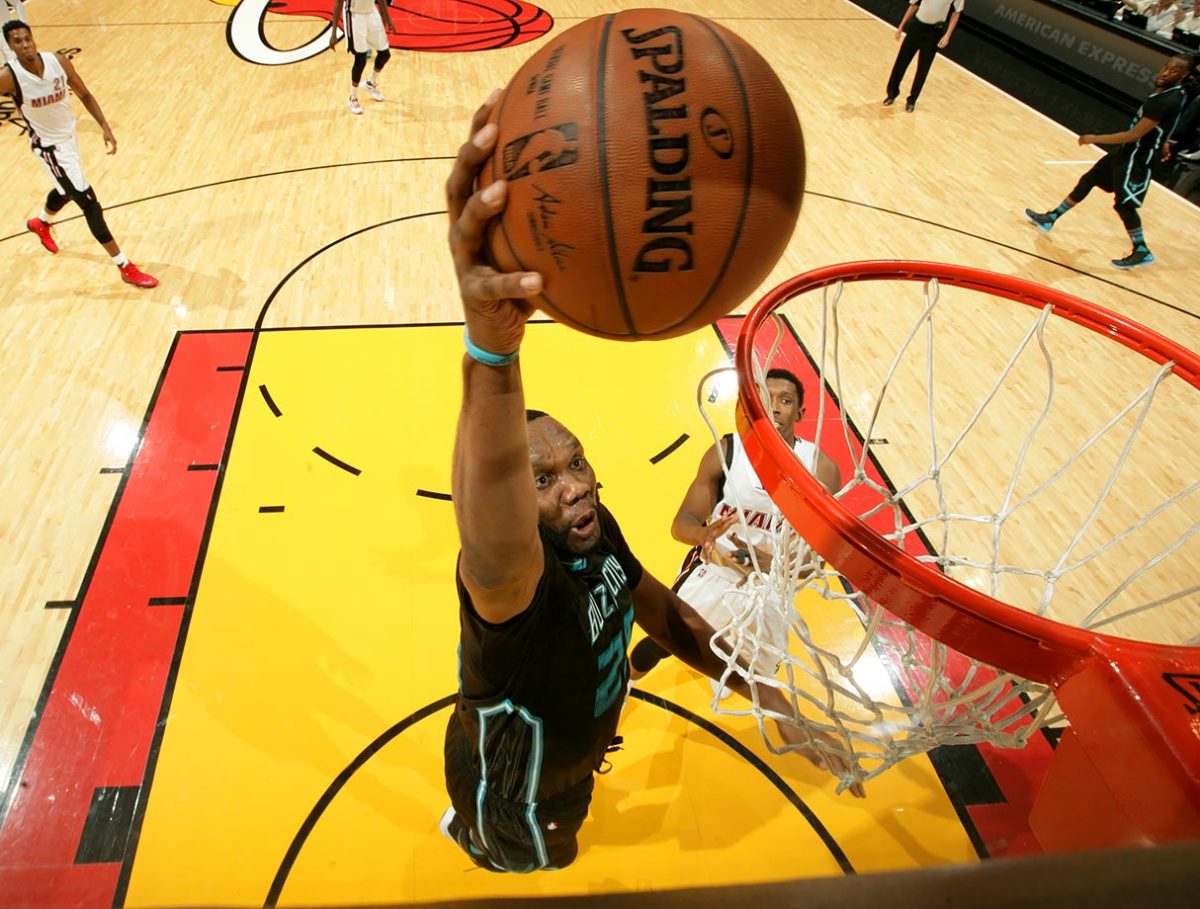
One of the best post scorers in the NBA will likely face a bearish market. Jefferson doesn’t much align with the vision of a modern NBA center. His offense requires possession of the ball but doesn’t generate much for others. The very nature of operating through the post makes an offense predictable and dependent on optimal spacing to reach even moderate efficiency. Defensively, Jefferson can survive when playing back and clogging up the lane but has no chance containing quicker players on the perimeter. Even as a rebounder Jefferson is merely solid—not at all a problem, but a few degrees removed from the statistical elite.
22. Harrison Barnes (restricted)
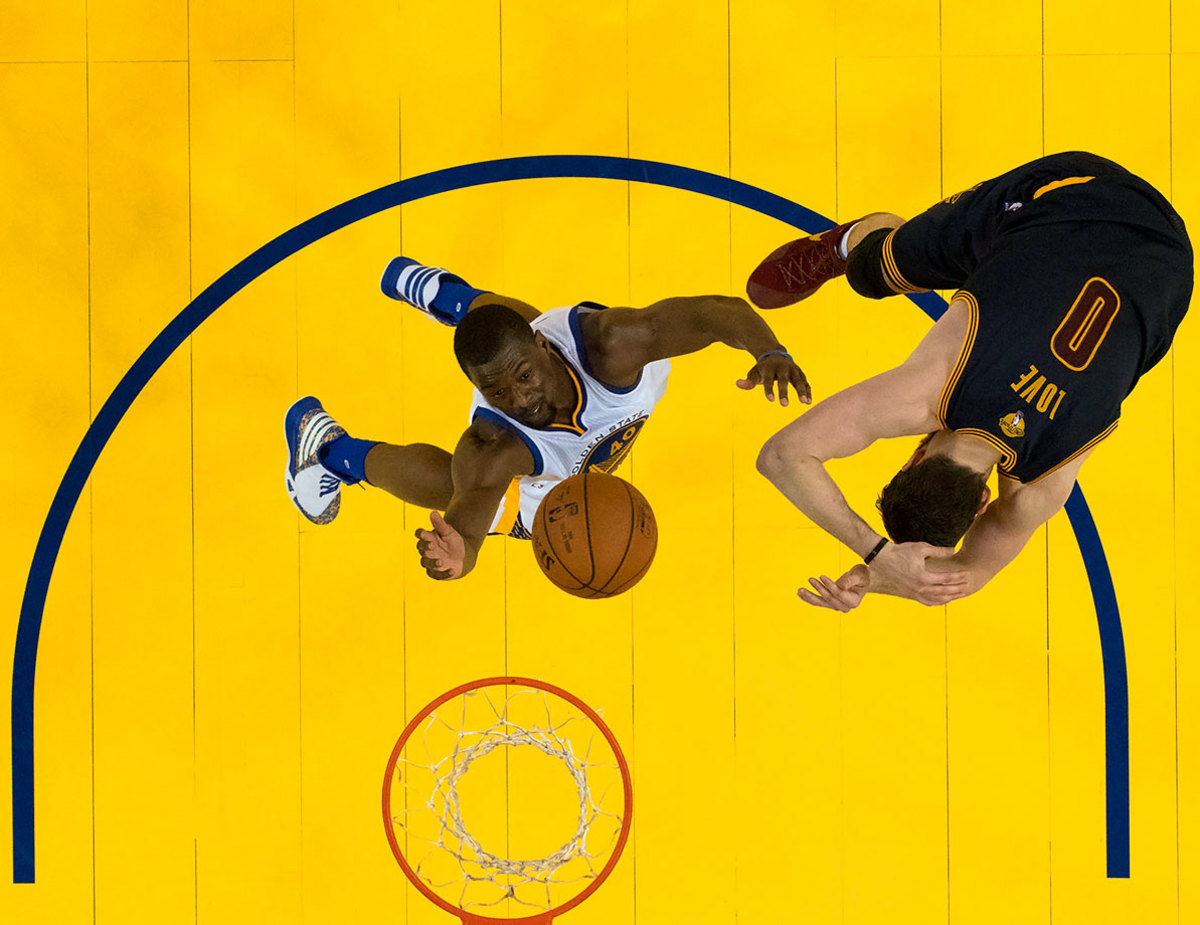
Dispense with the notion that Barnes is a star in waiting. His role with the Warriors is that for which he’s best equipped: walking the line between forward positions by stretching bigs out to the perimeter, posting up smaller wings, and guarding both effectively. There is no explosive potential lurking beneath the surface of a 24-year-old who struggles off the dribble. Barnes is who he is, and that player just so happened to key the 2015 title run and a near repeat in 2016.
23. Kent Bazemore
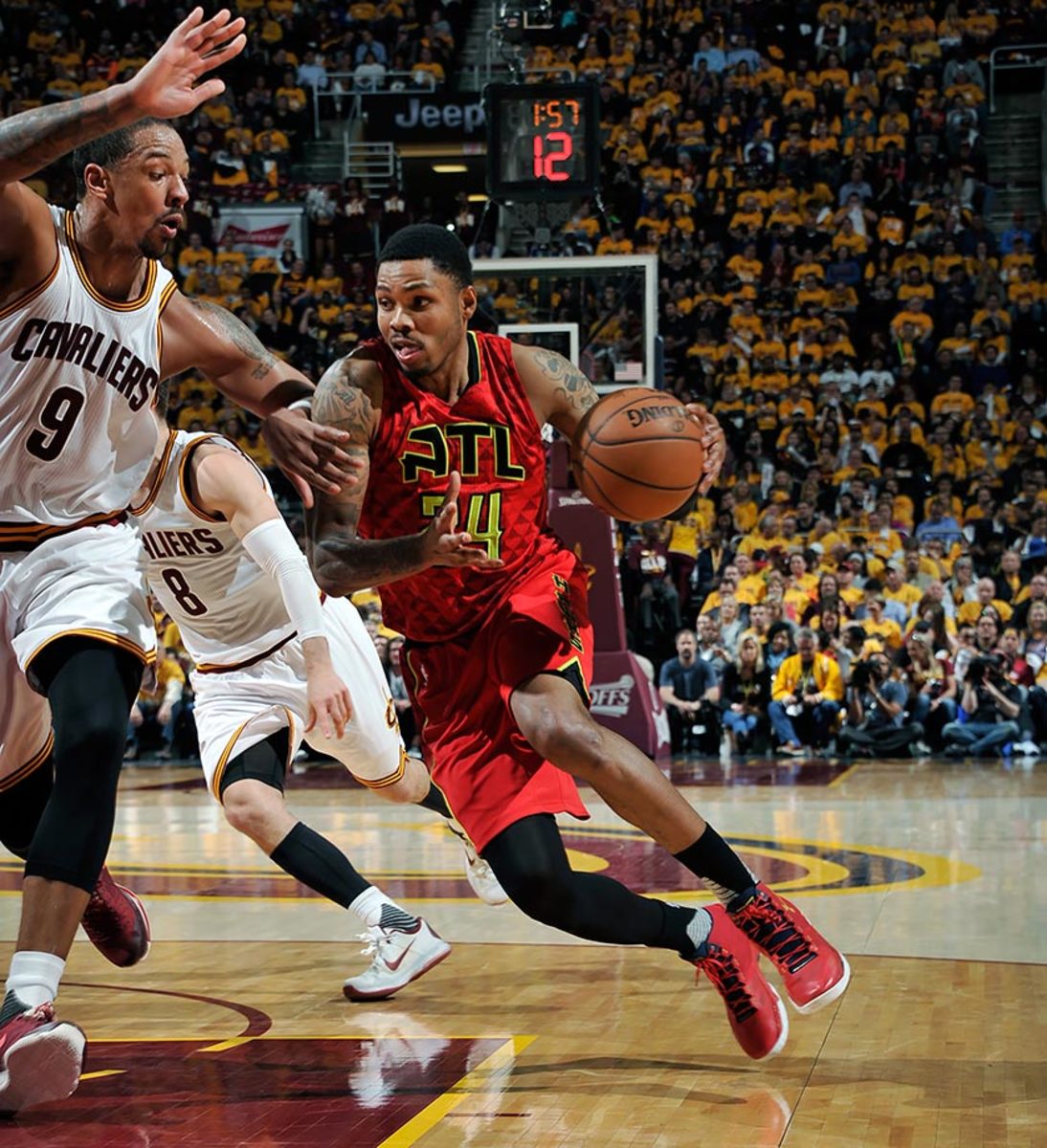
Atlanta cultivated Bazemore’s live-wire energy into a real, starting-caliber product. Many NBA teams could plug Bazemore into a complementary role and thrive with his bounce. Players who cut in bursts like he does and explode out into transition tend to catch a defense off-guard. Quickness and length allow him to cover ground more quickly than most opponents are accustomed to, even if Bazemore himself can sometimes space on his defensive fundamentals. Everything he does comes from an intersection of pep and discipline. Mike Budenholzer and his staff did all they could to rein in Bazemore without taking away the zip that makes him effective. They succeeded to the point that Bazemore became one of the most improved players in the league.
24. Evan Fournier (restricted)
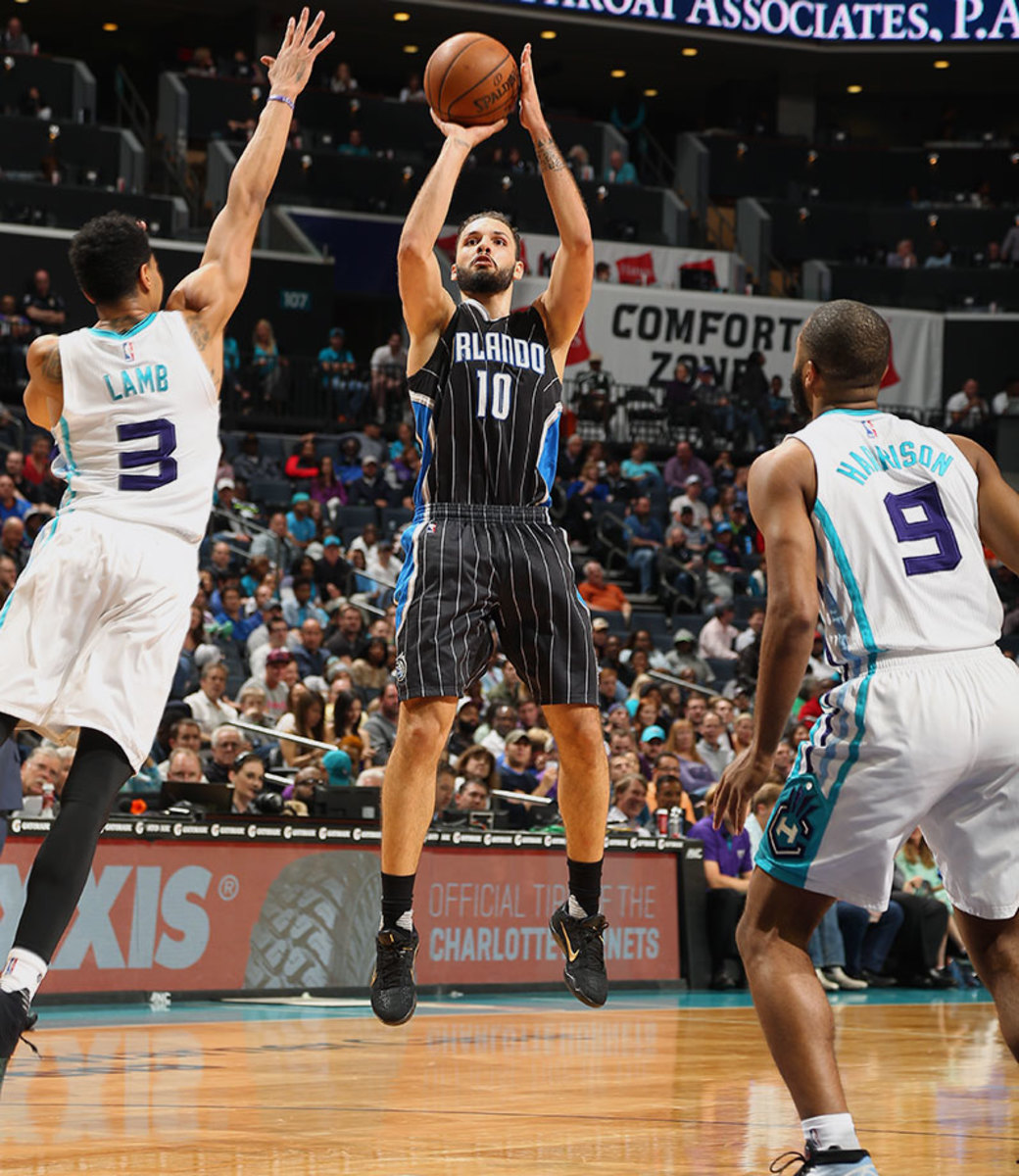
The league-wide need for quality wings could benefit players like Fournier most of all. Fournier can play. Putting the ball in his hands can spell an offense for minutes at a time, whether asked to create off the bounce himself or play off of his teammates. There’s a gutsiness to the way Fournier creates under pressure that bodes well for his performance in more competitive environments. That alone will make him an attractive free agent—as will a consistent three-point stroke that allows him to slide into a starting lineup alongside other high-quality players.
25. J.R. Smith
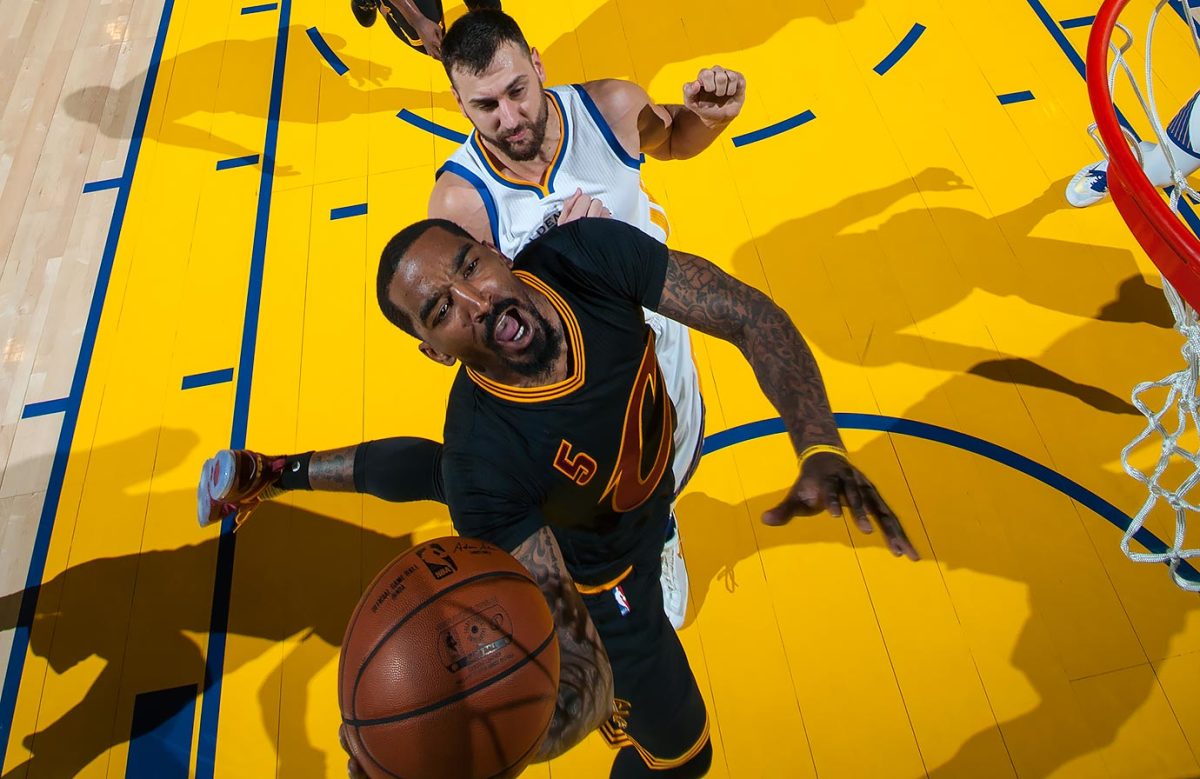
Make that ’NBA Champion J.R. Smith.’ Cleveland has the inside track on signing Smith after making better, more controlled use of his talents than any team had previously. Any other contender that can make a similar pitch should do so; the headaches that arise from employing Smith can be justified by his hot streaks. A single 8–0 scoring from Smith in Game 7 of the NBA Finals may well have determined the NBA champion. His 20 points in Game 3 were a bellwether. It’s a great help to have an All-NBA caliber shooter around who can launch smooth jumpers no matter if his footing is perfect or the pass lands in his shooting pocket. Smith can be streaky, but there’s no replacement for those who can return points—especially three-pointers—from a suboptimal setup.
26. Courtney Lee
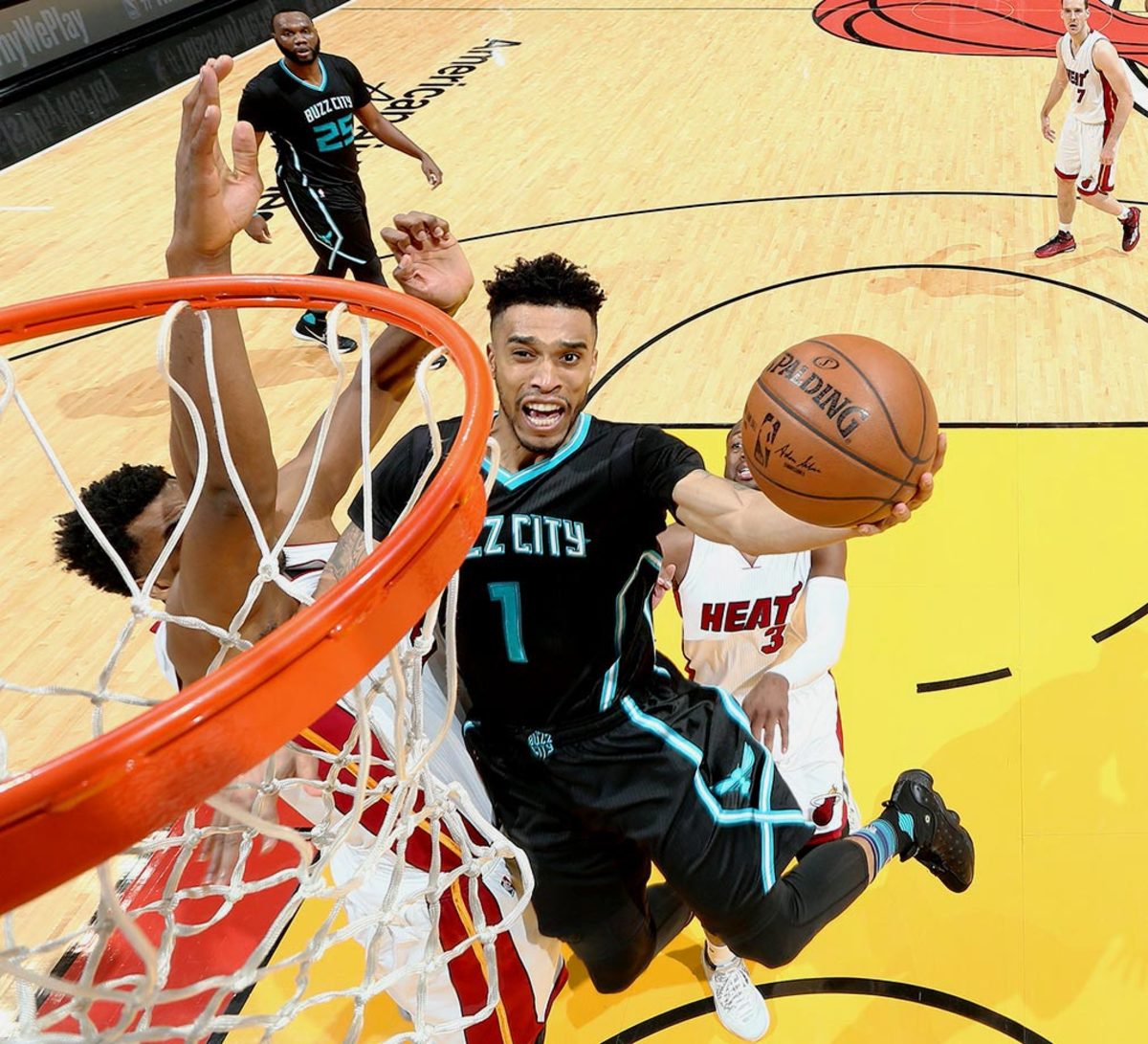
There may be no more important quality for an NBA role player than understanding where to be on the floor. Lee, 31, grasps the concept beautifully. Only a handful of players better time their cuts, and few among them will also glide around the arc to present as a shooting threat. Lee might come to the ball if his teammate is in a pinch or dart backdoor if the defense grows too eager. His defense is assertive—particularly against opposing ball handlers—but rarely puts his teammates in a bad spot.
27. Jordan Clarkson (restricted)
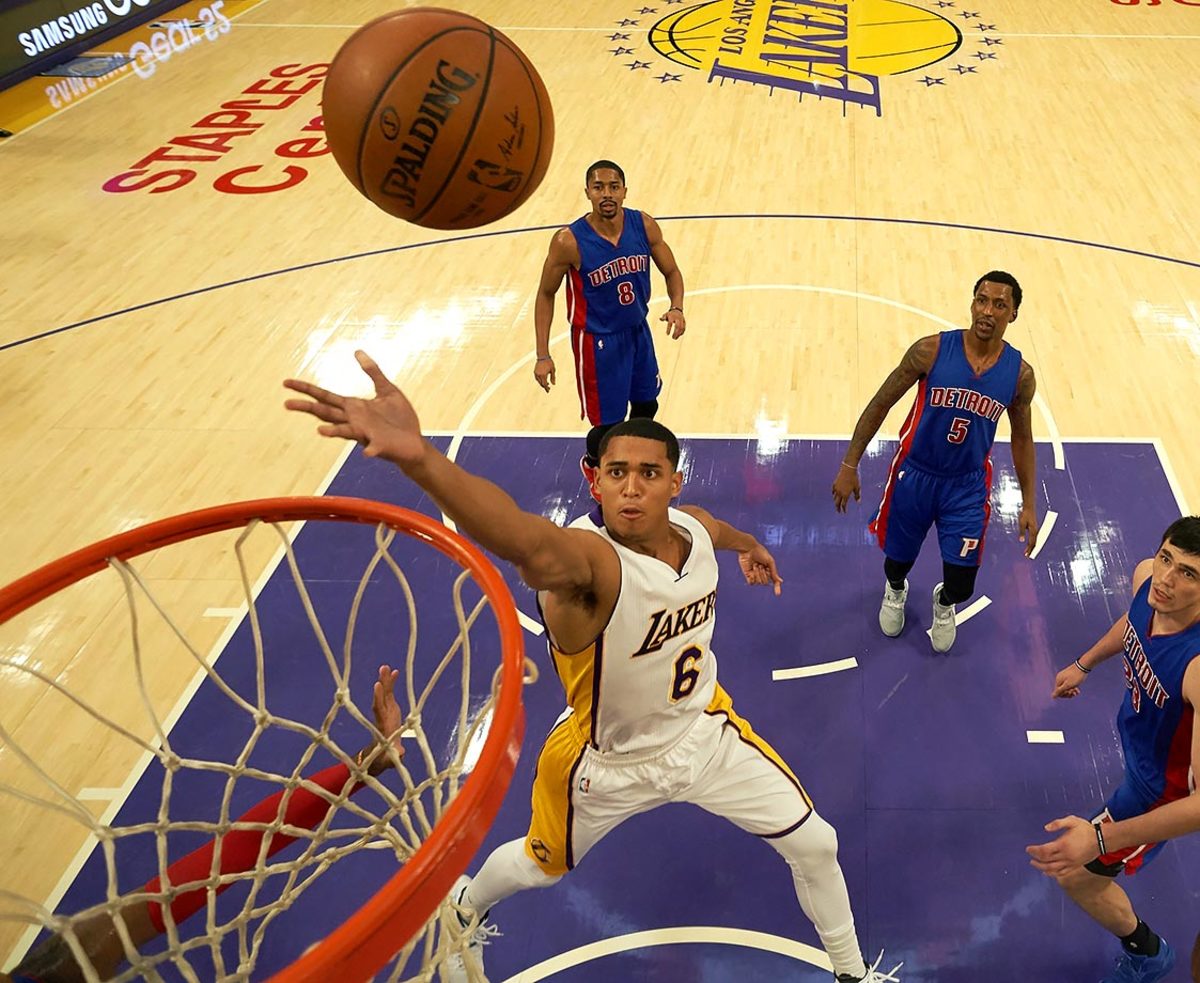
The question of how Clarkson’s talents might be best utilized really comes secondary to acknowledgement of his impressive all-around scoring game. Clarkson’s skills are rather polished for a rising NBA junior—perhaps in part due to his being 24 years old—regardless of whether he’s running the point or working alongside another playmaker. Any smart team would have him do both; Clarkson aims to score by default, but there’s enough awareness to his game to create when the situation allows.
28. Luol Deng
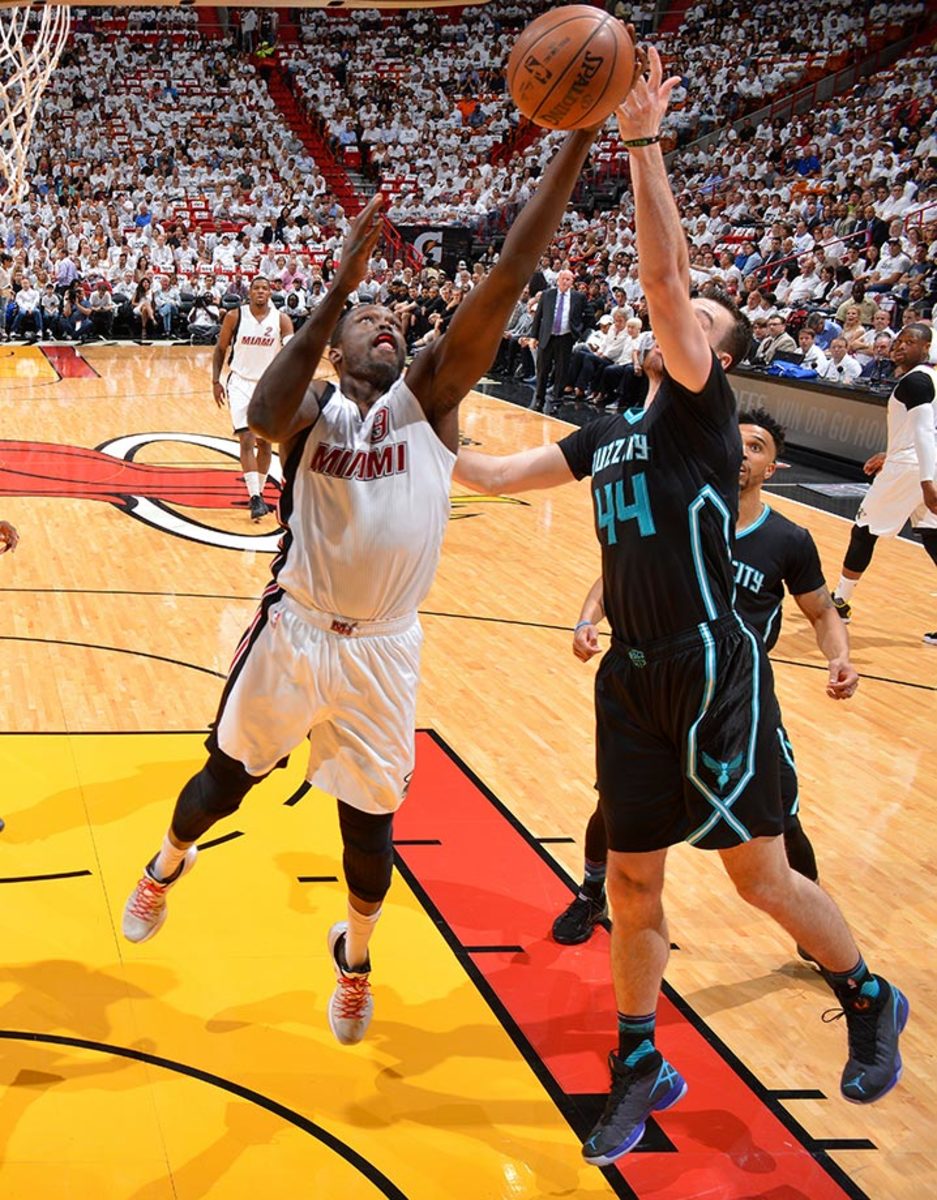
While no longer one of the NBA’s top perimeter defenders, Deng still dedicates himself to his matchup and is discerning enough to take the best angles to help his cause. Length, too, goes a long way; a 6'9" forward with a wingspan like Deng’s makes switching a more viable defensive strategy and small ball less of a size concession. Coaches appreciate that, regardless of his role, Deng knows what he’s doing; it’s not just experience that matters, but the kind of baseline knowledge that allows players to understand the goals of a particular approach and act accordingly. Many can operate to the letter of a coach’s instruction. Veterans like Deng better understand when the principles of a system should apply and how—allowing for intuitive adjustment in the thick of a possession.
29. Evan Turner
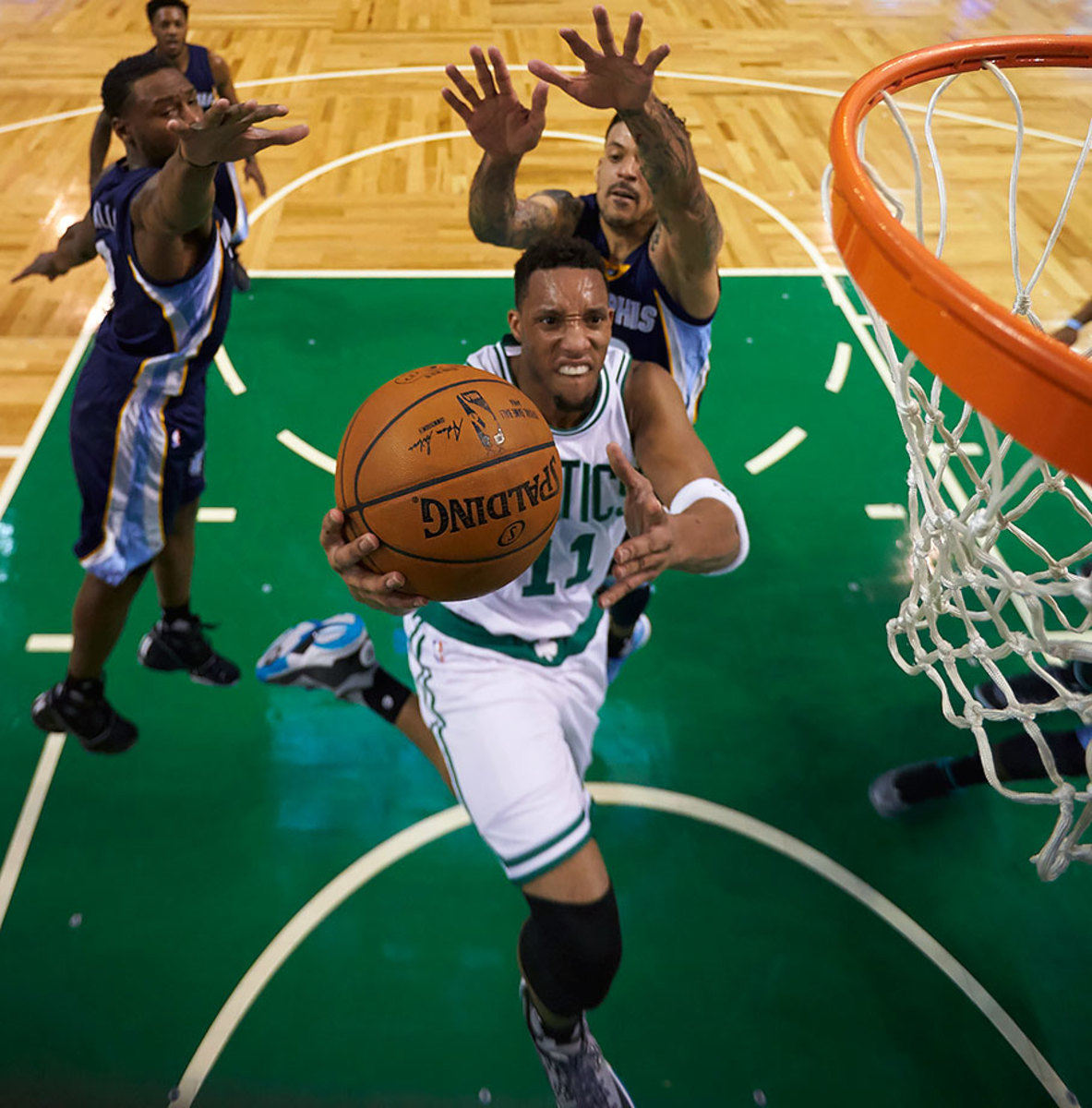
Versatility doesn’t only come into play when filling out a roster or constructing lineups. It’s a factor on every possession that goes awry, and it’s in those scenarios that Turner seems to thrive. Need a random post-up against a mismatched guard? Turner’s your guy. Need to trigger a quick pick-and-roll but the point guard is on the far side of the floor? Turner is perfect for the job. Need a wing to drive off a kick-out to keep the defense compromised before setting up an open teammate? Turner can handle the task, easy. The same goes for spot rebounding, scrambling defense, and so much more. It’s hard to define on a possession-to-possession basis what Turner might end up contributing, though on balance his wide-ranging game yielded 13.5 points, 5.7 assists, and 6.3 rebounds off the bench last season.
30. Jeremy Lin
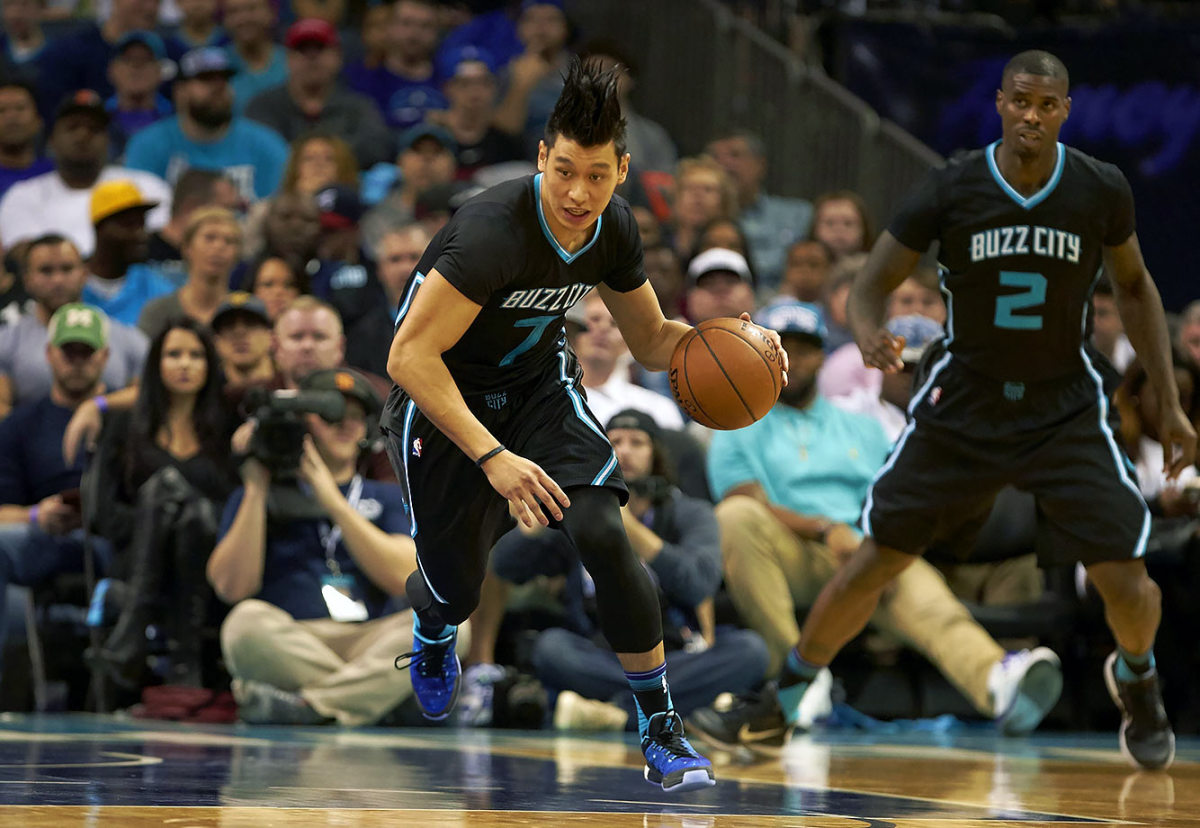
The best option on the board for teams looking to invest in a downhill driver on a reasonable budget. Lin spent the earlier days of his career pushing wildly into traffic with no discernible plan and few skill-based contingencies. The most important development of his career was his learning of what plays might be a lost cause. Fewer of Lin’s drives than ever are dead ends, leading to a career-low turnover rate. Still he looks to attack the basket out of the pick-and-roll and when kicked the ball on the weak side. Those possessions are simply less fretful now that Lin has a better understanding of when to take a mulligan and regroup the offense.
Here’s a more whimsical approach to interior impact: Ever wonder which center has the biggest block differential? In other words, which big men registers the most blocks on defense and gets his own shot block the least on offense?
The following chart shows that Whiteside was indeed the block differential king—by a lot—last season. Remarkably, he blocked shots nearly seven times more often than his own shot was blocked. Zaza Pachulia, by contrast, had his own shot blocked more than twice as often as he registered a block.

Age again seems to be an issue for the likes of Nene and Al Jefferson. Drummond sticks out here as a player who should perform better given his youth and athletic tools.
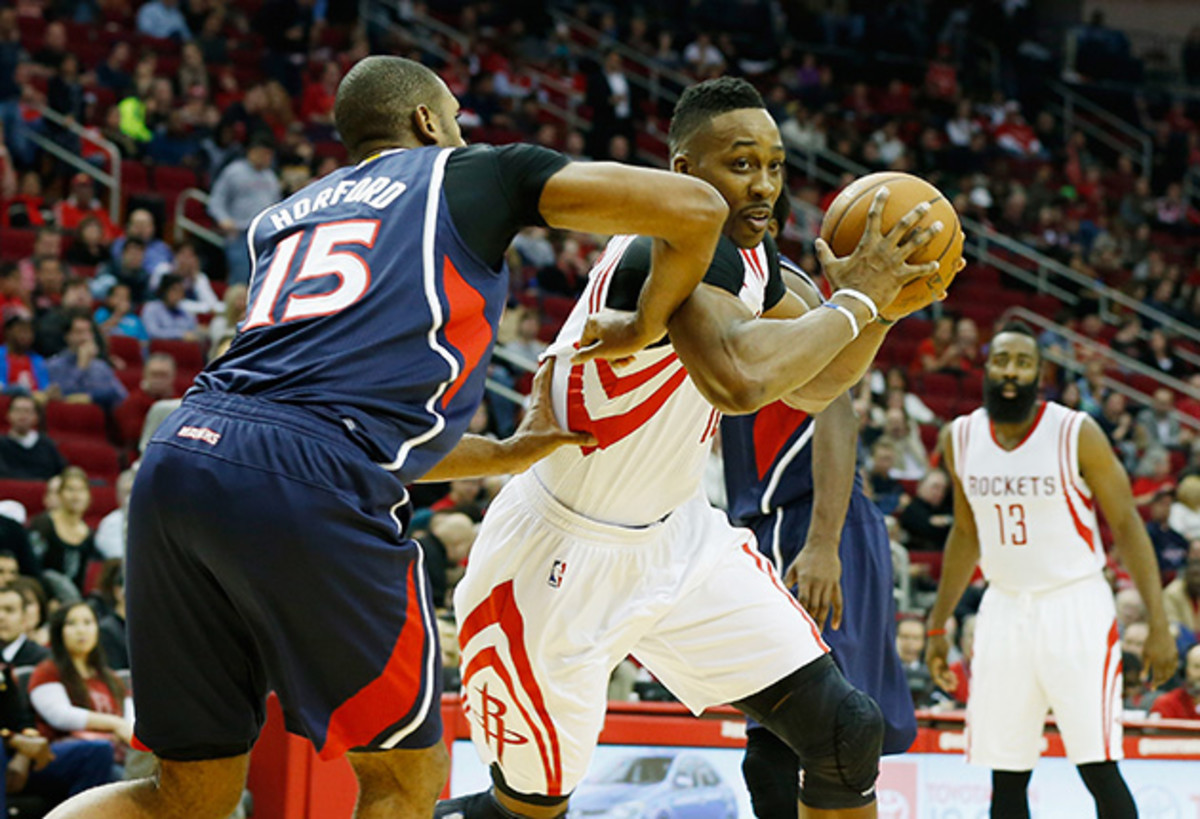
Scoring types
Many executives will enter free agency having pondered this key: “How much do we want to run our offense through a center?” Immediately, everyone will point to the 2016 Finals and note that the centers for both teams were complementary players who primarily contributed on offense in ways that didn’t involve ball dominance: play-making (Andrew Bogut), finishing (Ezeli and Tristan Thompson) and chaos (Anderson Varejao).
The following chart shows which centers get fed on the block a lot and how well they use those touches. Players in the upper right are efficient low-post scorers who are force-fed a lot while players in the upper left are efficient scorers who are used in lighter doses.

• An early ranking of the top 15 NBA draft prospects for 2017
Teams eyeing Howard and Whiteside will need to be prepared to carve out major roles on offense for their incoming acquisitions. From a personnel standpoint, teams with high-usage guards and those that prefer a spread approach might find it tricky to fit in these pieces. Detroit, meanwhile, will need to continue to utilize Drummond in pick-and-rolls and hope that he can improve his one-on-one game in the post.
Otherwise, there’s a big drop off in touches/role. Yet again, there’s not much separating Biyombo from the likes of Mahinmi, Johnson and Ezeli, which opens the door for some nice value plays.
On a final note: poor, poor Noah.
Another interesting point to consider: How many of these centers are lacking in both low-posting scoring ability and three-point shooting.
The following chart simply shows how many three-pointers each center made last year.

Note that Horford and Leonard each made more threes than the next 16 centers combined. The huge chasm here makes Cleveland look smart for snagging stretch five Channing Frye at the deadline and it should work in Leonard’s favor as a restricted free agent. Even though he’s coming off surgery and the charts above have revealed so many other demonstrated weaknesses in his game, he has a skill that is especially rare on this summer’s market.
Passing/Play-making
This is where the “Baskin-Robbins 31 flavors” aspect to this year’s center crop comes into play. Supplementing the low-post options mentioned above, there are also capable ball-handlers and versatile play-makers to consider.
The following chart shows how often centers generate assists and commit turnovers every time they touch the ball. Players in the upper right are high-assist, low-turnover players (the most desirable) while the lower left is reserved for low-assist, high-turnover players.

• Cavaliers GM hopes to keep roster together after winning title
Here, finally, Noah shines thanks to his ability to facilitate an offense. Horford and Gasol, unsurprisingly, fare well too.
On the flip side, this is where Whiteside’s unpredictability can come back to bite a team. Not only is he a notoriously stingy assist man, but he squanders possessions more often per touch than any other center on the market. “You’ve got to take the good with the bad,” said every scout, ever.
To drive this point home a bit further, here’s a look at how many times each of these centers passes before taking a shot.

Noah again jumps out as easily the least selfish (or most reluctant). Note also that Biyombo, Johnson and Mahinmi again are clustered in terms of their willingness to keep the ball moving without sopping up possessions. On the other side of the spectrum, Whiteside, Drummond and Jefferson are all looking to get buckets while Marreese Speights is one of the least shy hoisters in the game.
A few oddities
To wrap this up, here’s a look at how these centers come by points the easy way(s). First: Dunks.

• USA Basketball's 2016 roster falls well short of Dream Team status
The usual suspects—Howard, Whiteside and Drummond—lead the way here but Horford finishes more than one might expect and Biyombo does put significant space between himself and Johnson/Mahinmi in this category.
Those concerned with age/injuries/deterioration will nod when surveying the likes of Gasol, Jefferson, Pachulia and Noah. Also, look at how rarely the floor-spacers—Speights and Leonard—are attacking the rim. This is a particularly glaring hole for Leonard, who has the athleticism and length on paper to finish plays above the rim.
Lastly, here’s a look at which centers left the most points on the table from the stripe thanks to missed free throws.

Drummond’s lead here is truly remarkable, even acknowledging that he is an historically poor free-throw shooter and knowing that he was repeatedly hacked off the court in the playoffs. He must improve dramatically or pray that the NBA changes its intentional foul rules. Otherwise, this weakness will come to define him.
Conclusions
Here are five snap takes…
- Despite his previous health concerns and age (30), Horford’s strong performance across the board makes him the most desirable center on this summer’s market by a wide margin. He should command a full max.
- With Drummond likely to re-sign in Detroit, Whiteside and Howard represent the position’s second tier thanks to their overall production, paint-controlling skills and scoring ability. However, prospective suitors must be fully prepared to devote significant post touches to both. Talking either player into a reduced role is much easier said than done given last year’s starting point.
- If Biyombo cashes in on a strong postseason for crazy money as expected, look to see who signs Mahinmi, Johnson and Ezeli—and for how much. Mahinmi, in particular, could wind up being a strong bargain.
- Teams interested in Noah should exercise extreme caution. While he was a plus defender despite injuries last season and his passing ability is helpful, his overall negative offensive impact, his fairly weak rim protection numbers and his total lack of shooting ability make committing big money a dicey proposition.
- Marjanovic is worth a flier, not only to appease his cult following online but because he performed so efficiently in limited minutes last season.
